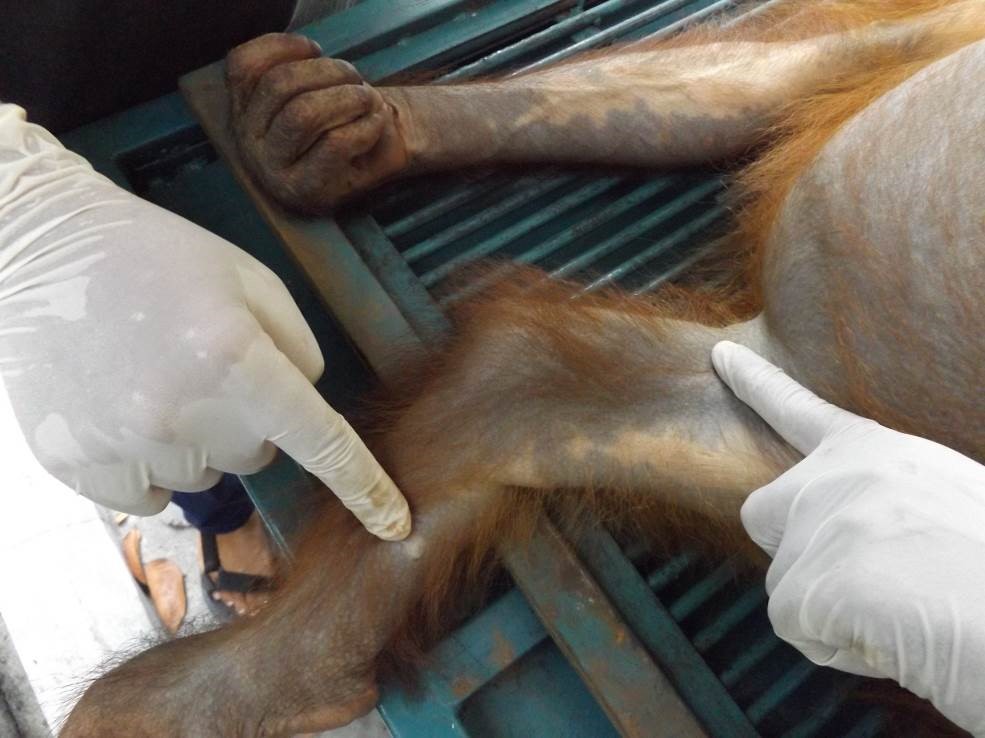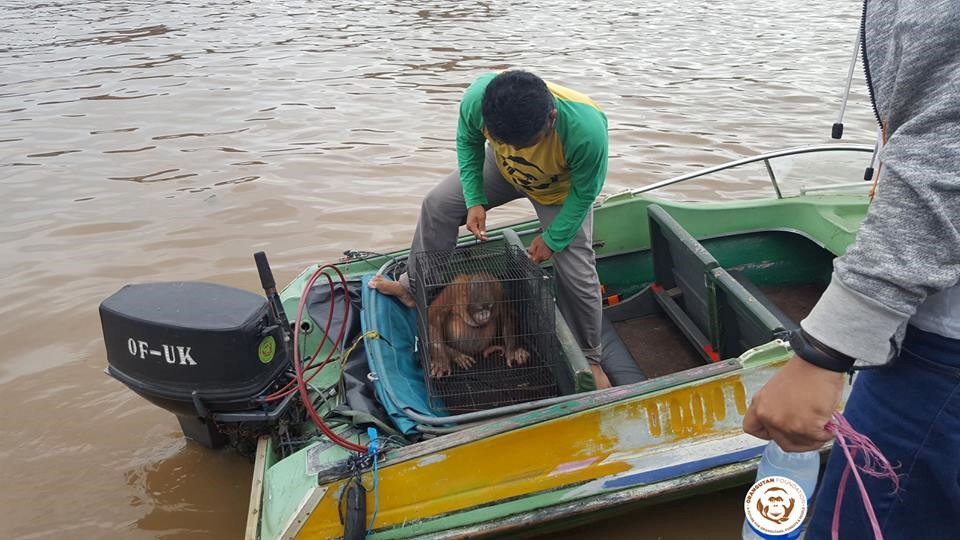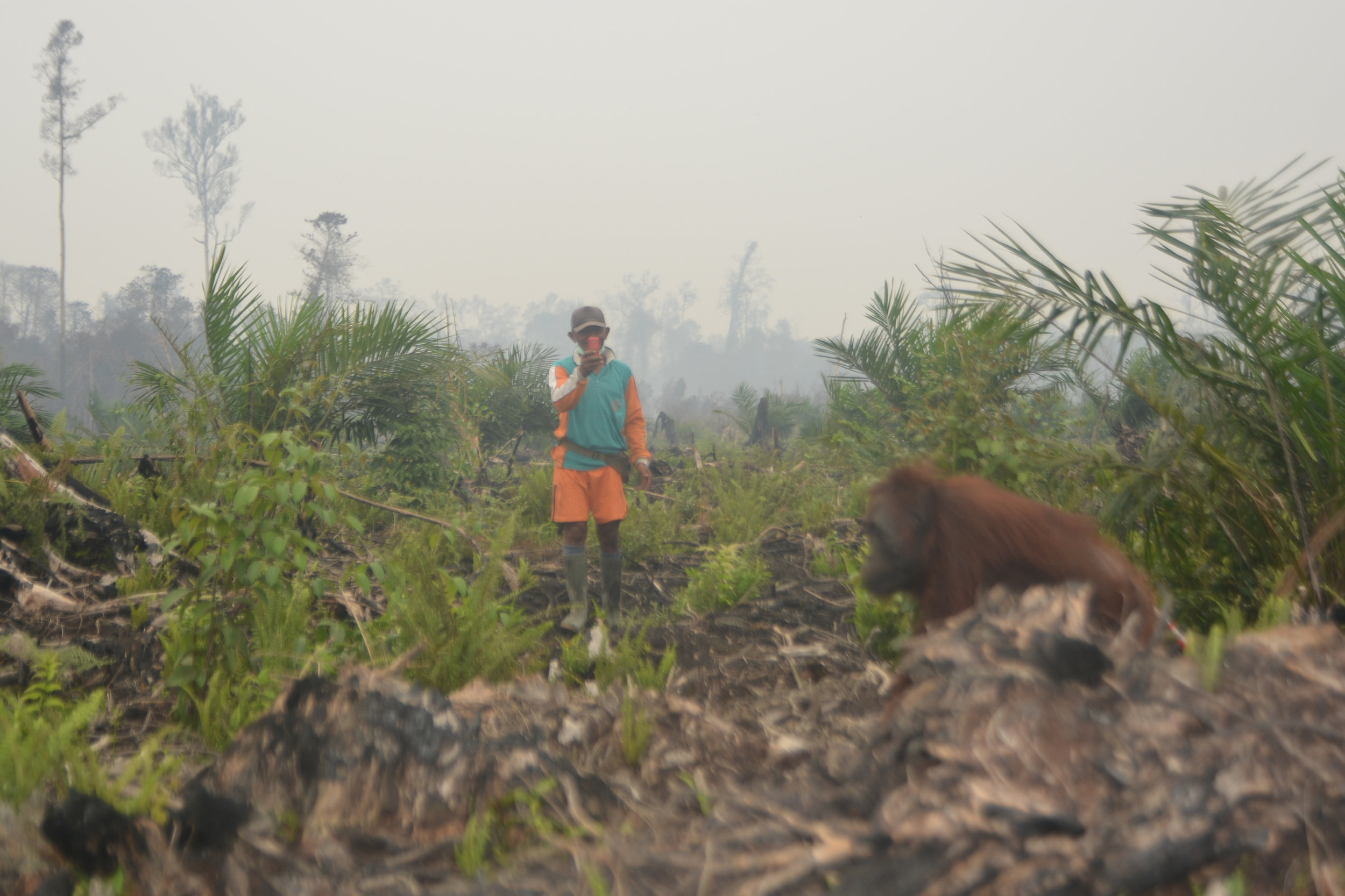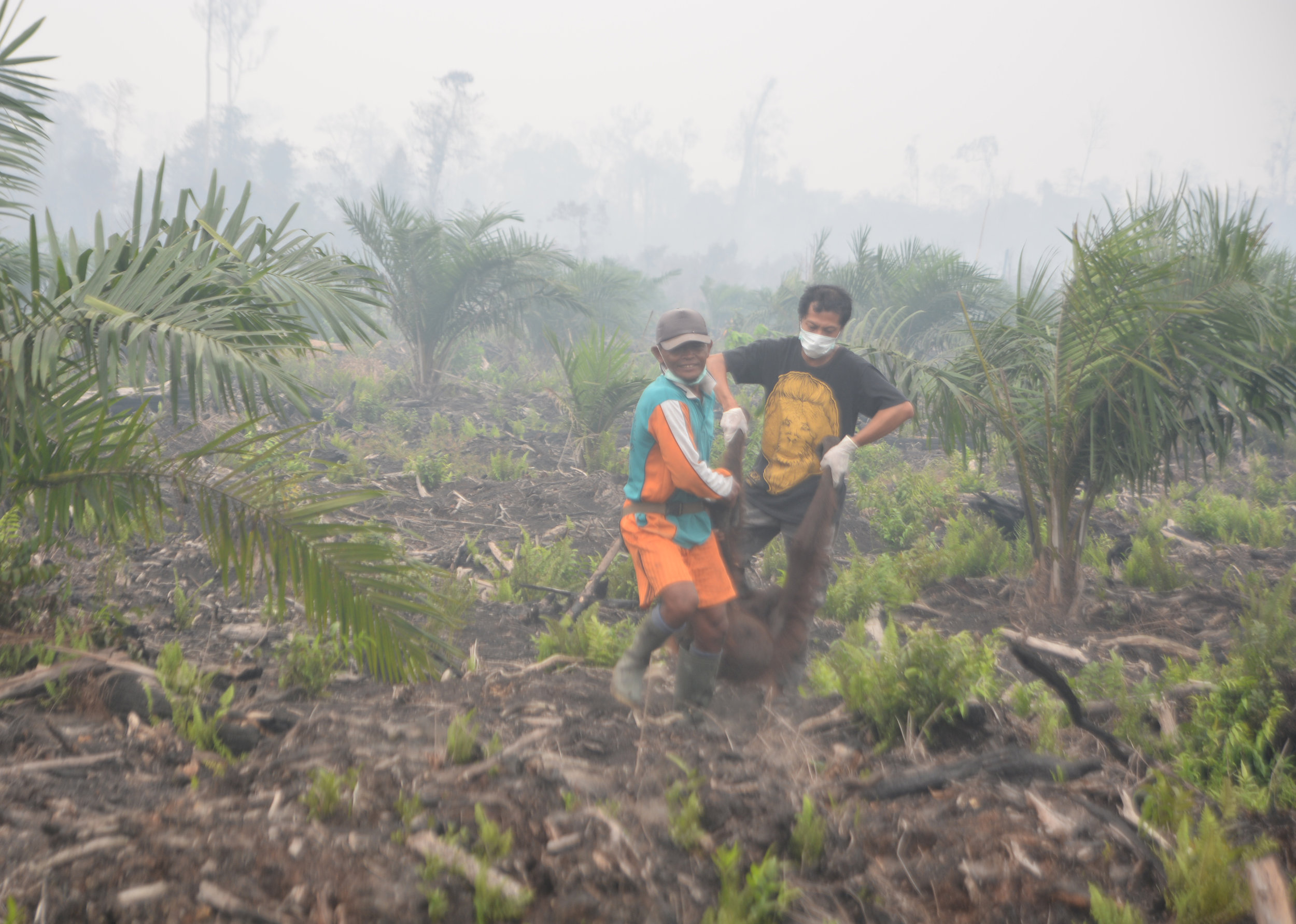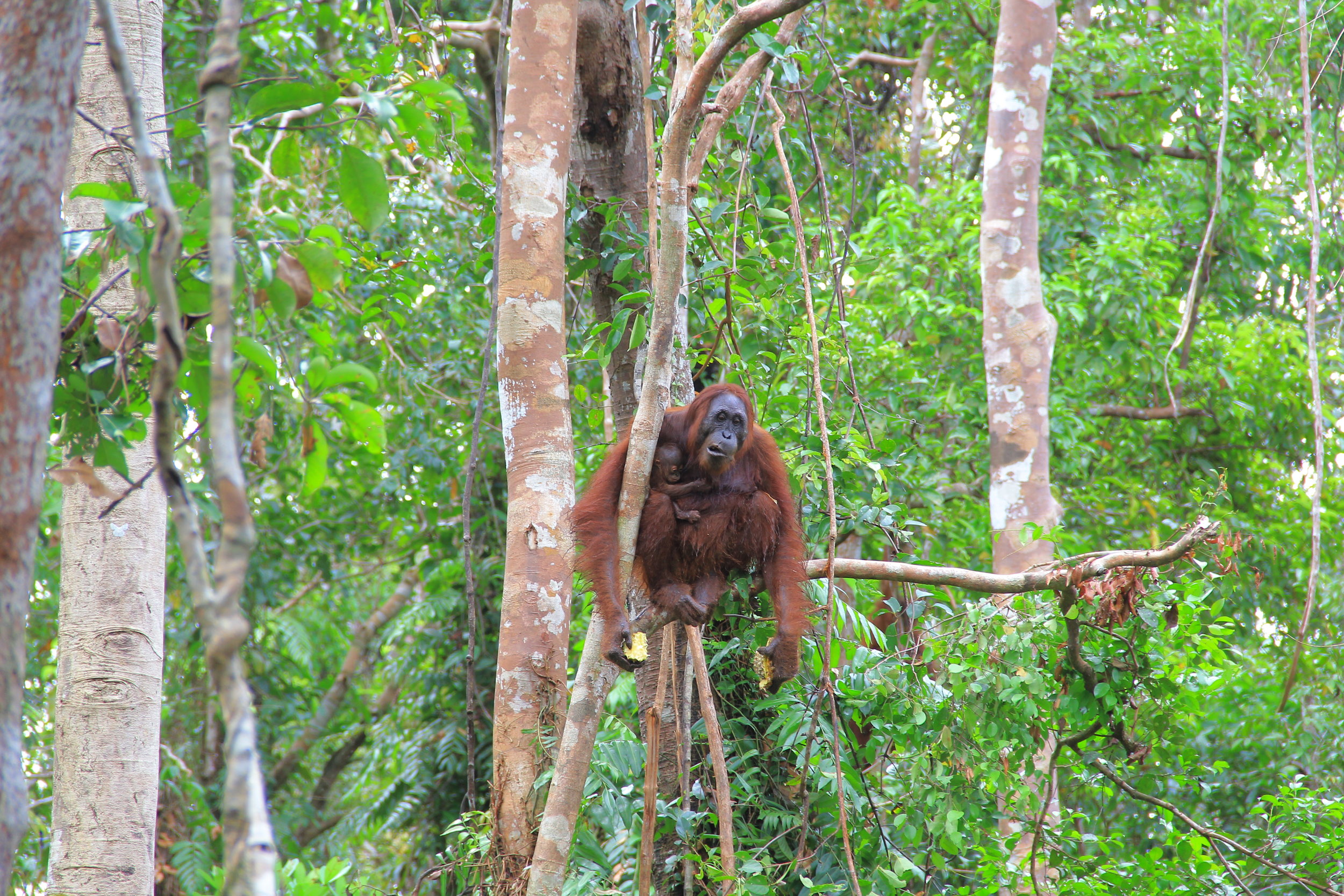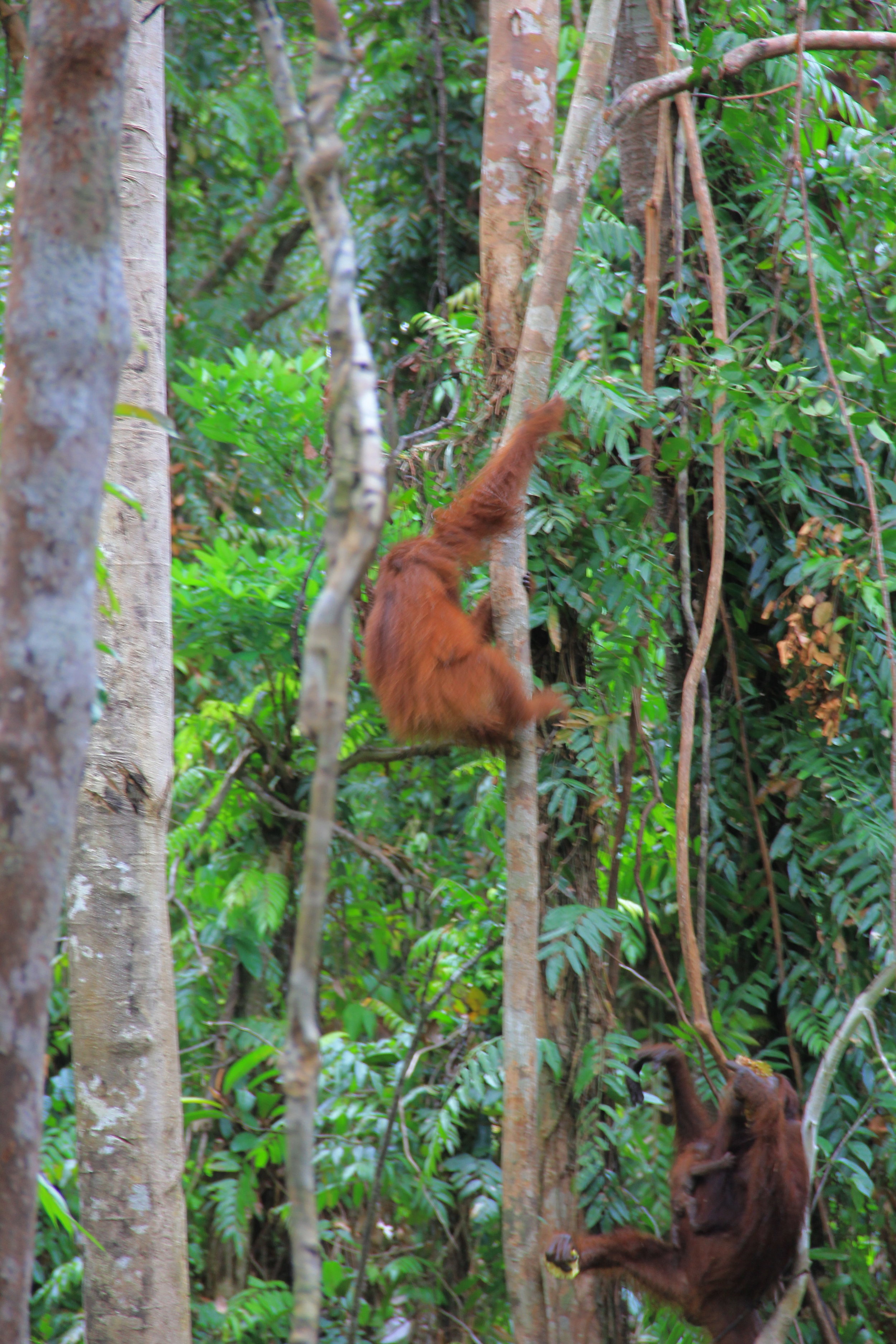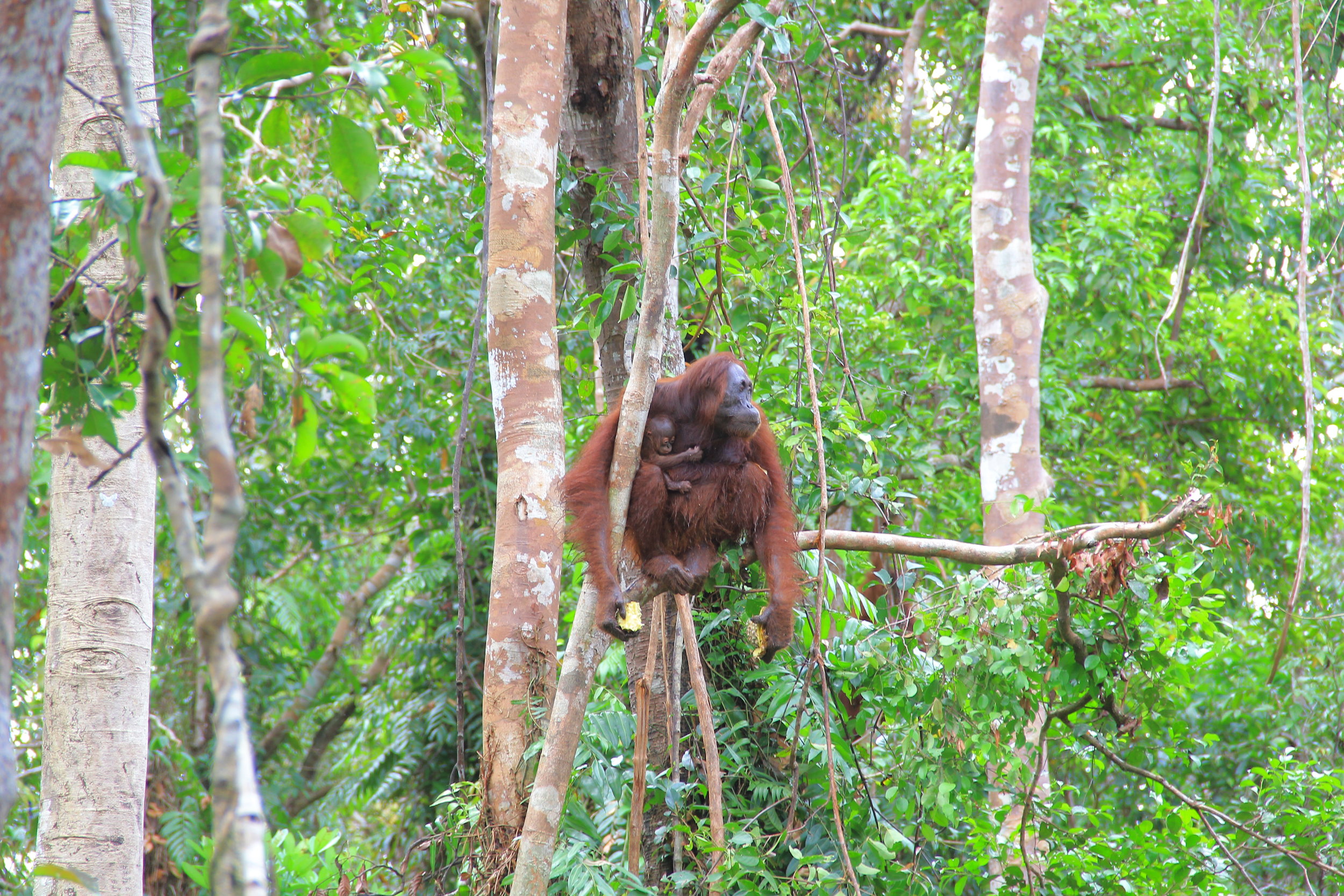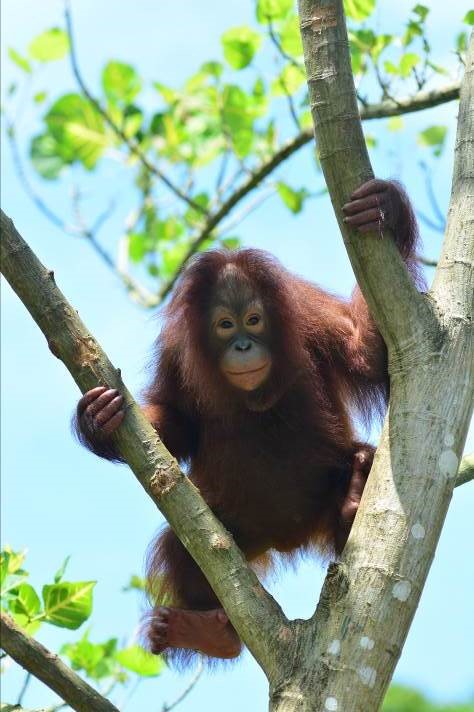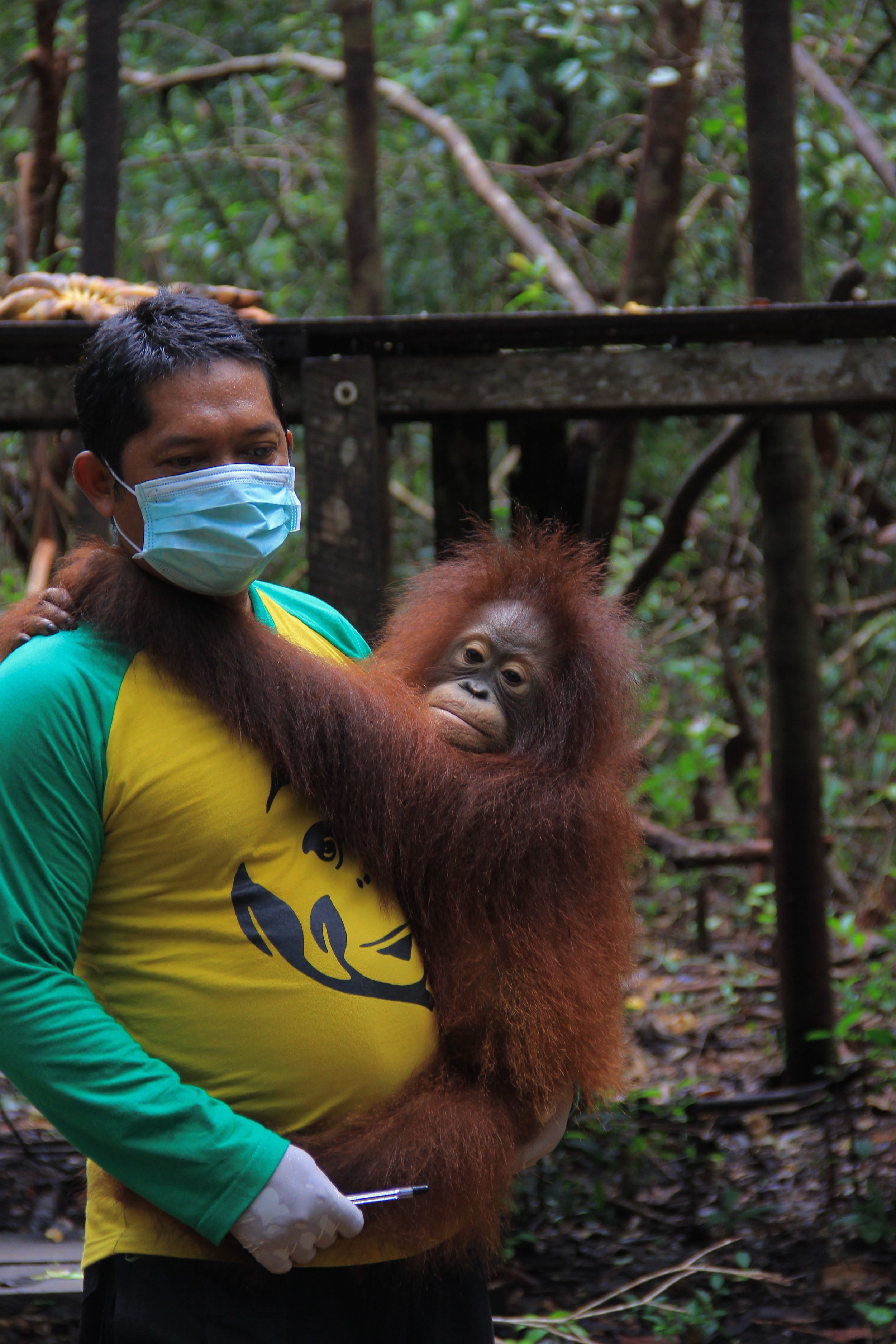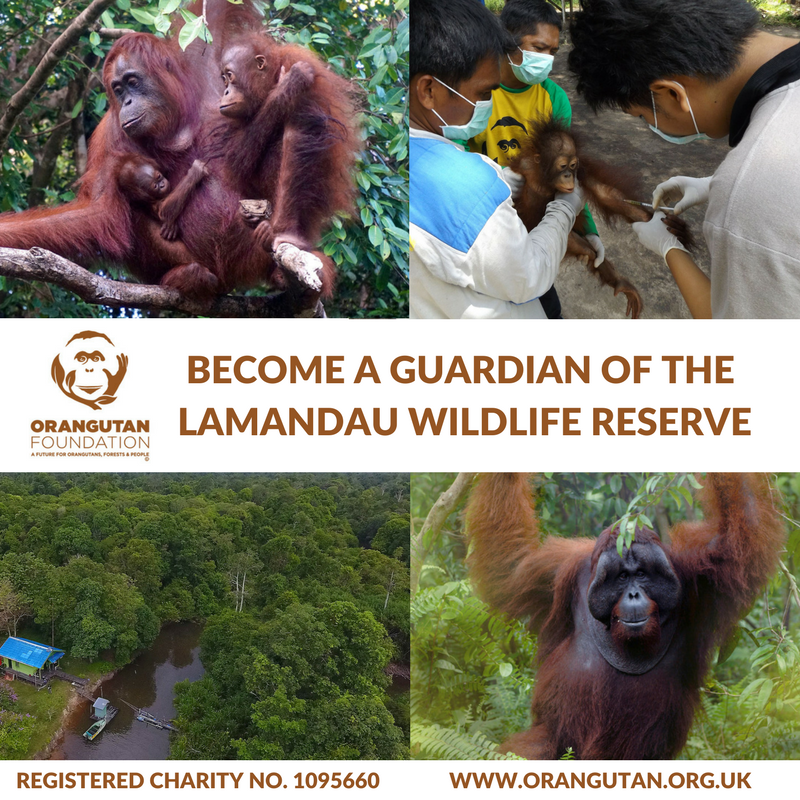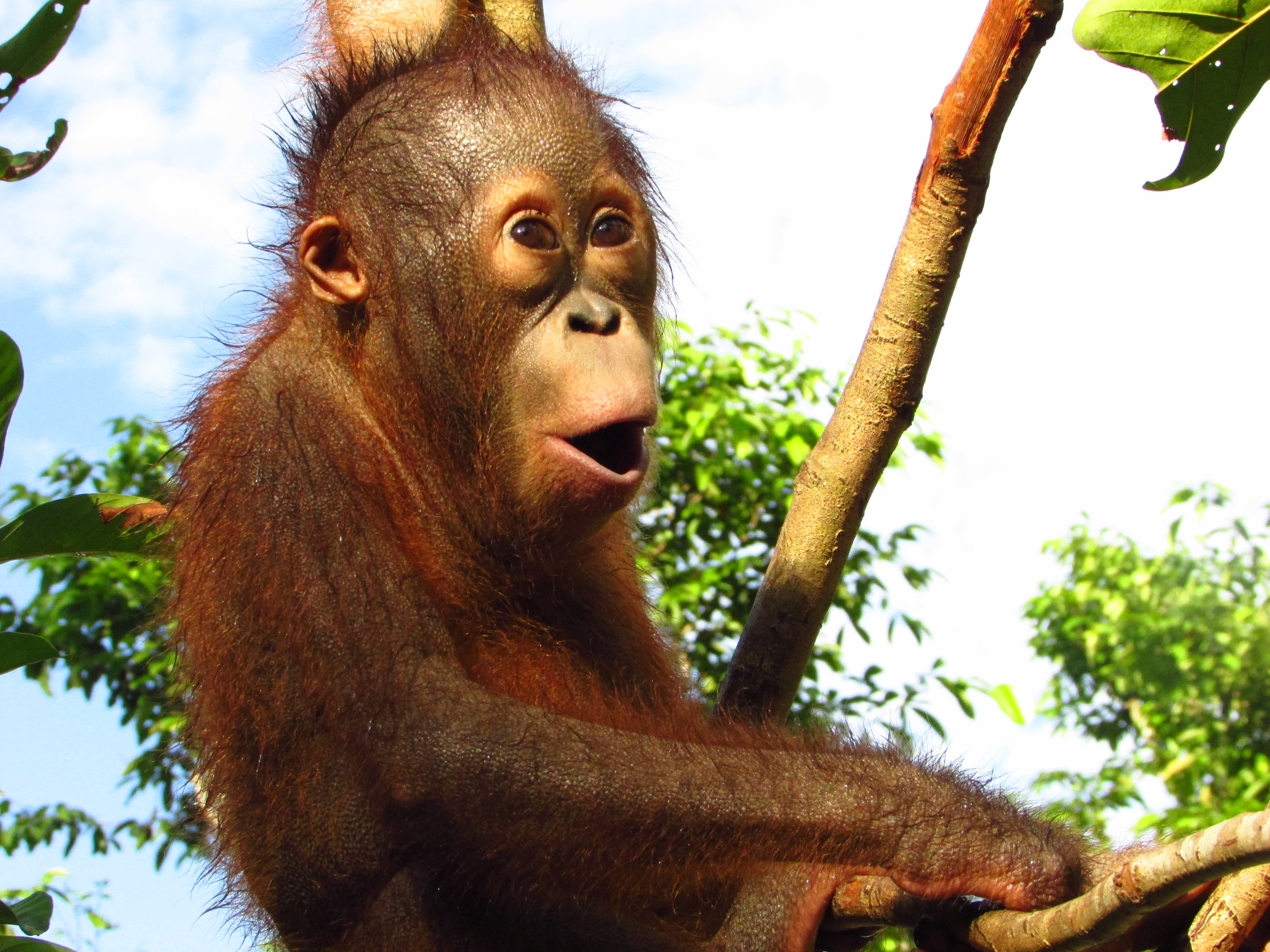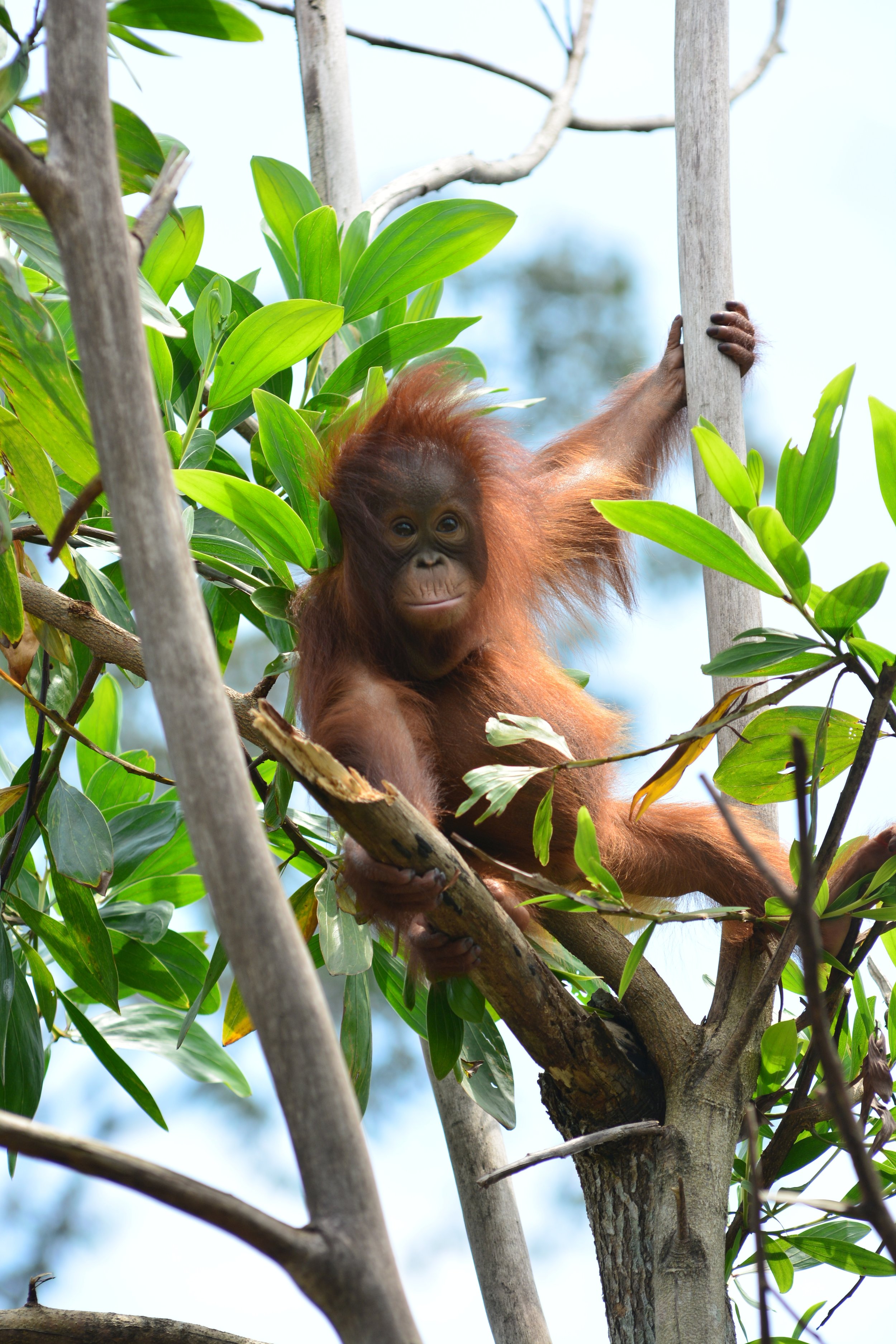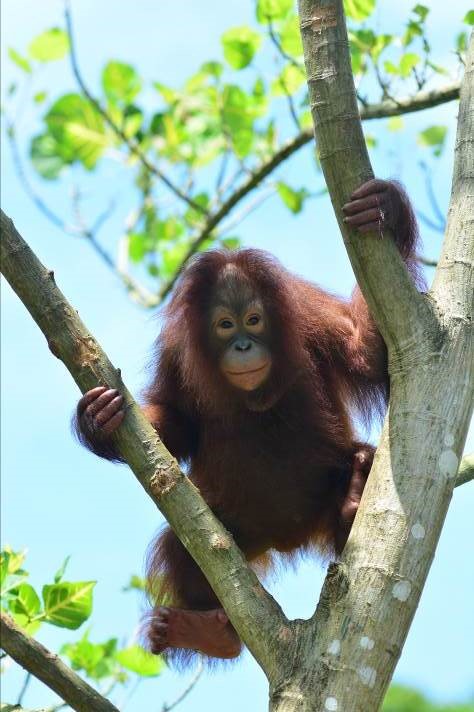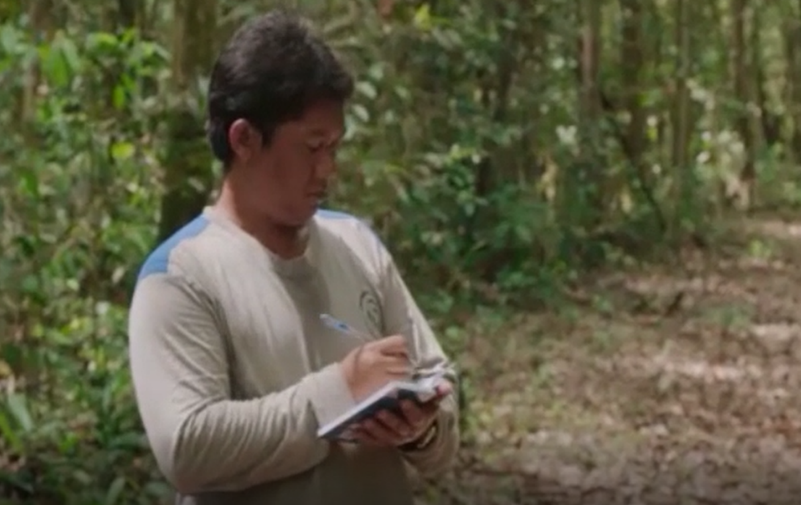Yesterday, we rescued a young orangutan, aged approximately 5-years-old. Sadly, the mother was absent, we don’t know what happened to her but most likely she has died, mother orangutans would not readily abandon their offspring.
Tranquillised orangutan, named Panglima
The Wildlife Rescue Unit (WRU) team was made up of the Central Kalimantan Wildlife Department (BKSDA) and Orangutan Foundation. The Wildlife Department had received reports about an orangutan seen in a community orchard. The rescue team drove 45 minutes from the town of Pangkalan Bun to the reported location in the Pangkalan Lima area, South Arut District.
Orangutan nest high up in the tree
When the team arrived they saw two nests in one tree, but there was no sign of an orangutan. After a while the team decided to return to Pangkalan Bun. In the afternoon, the team received another report about the orangutan and so they returned. This time they saw a young orangutan very high up in the trees. The team decided to follow the orangutan until it nested in hope they could get a clear shot with the dart gun. Unfortunately they couldn’t and because it was getting dark and unsafe they decided to return very early the next morning, when hopefully the orangutan would still be in his nest.
Preparing the dart gun to tranquillise the young orangutan
Climbing up the tree to rescue the sedated wild orangutan.
The next morning, in the torrential rain, the rescue team arrived at the nest location at 4.30am. The orangutan was found above a nest, not far from where they had left him. The dart gun was prepared so that the orangutan could be tranquillised. They managed to get a clear shot and the orangutan fell into its nest. One of the rescue team climbed a 10-meter tall tree and managed to carry the orangutan down.
The Orangutan Foundation vet immediately conducted an examination and the orangutan was male, weighing approximately 15kg and was estimated at around 5-years-old. Our vet, Dr. Dimas Yufrizar, took blood samples for laboratory tests and gave injections of multivitamins and antibiotics.
The orangutan has been named Panglima (relating to the rescue location) - giving orangutans names helps the field staff with post-release monitoring and communications.
Tranquillised orangutan being examined by Orangutan Foundation vet
Panglima was transported to the Pangkalan Bun BKSDA SKW II office where he is being kept temporarily in a holding cage. Hendra Gunawan, Orangutan Foundation Program Manager said BKSDA have requested that the orangutan be translocated to the Lamandau Wildlife Reserve, a protected area. Before release, Hendra said Panglima will be isolated until his blood tests return and then habituated for three months. His condition will be monitored by the Orangutan Foundation vet and field staff.
The rescue team are confident that Panglima’s release into the reserve will be successful and that he will go on to live a wild and safe life in the Lamandau Wildlife Reserve.









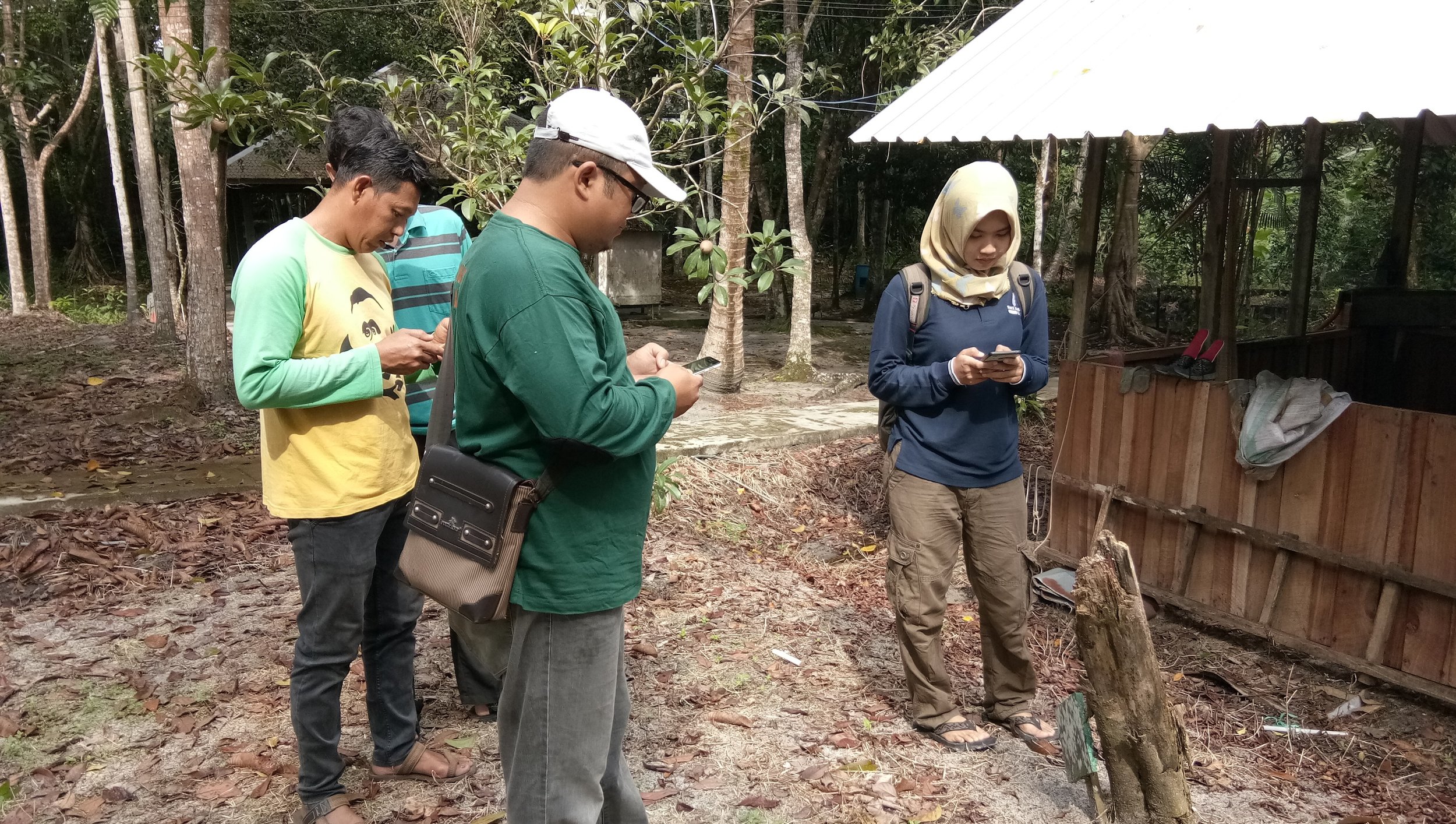

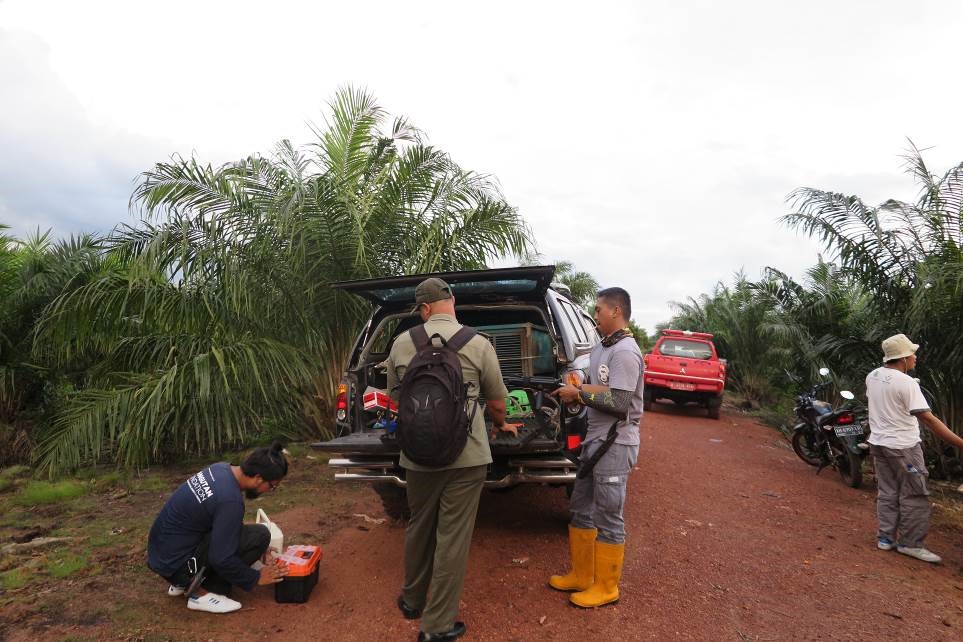
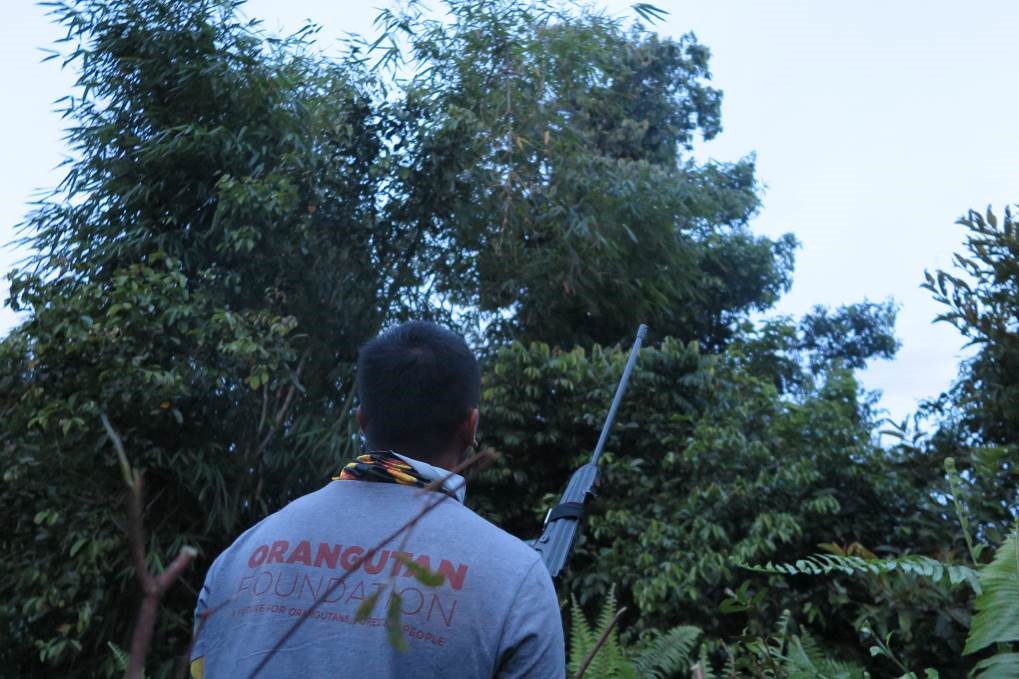
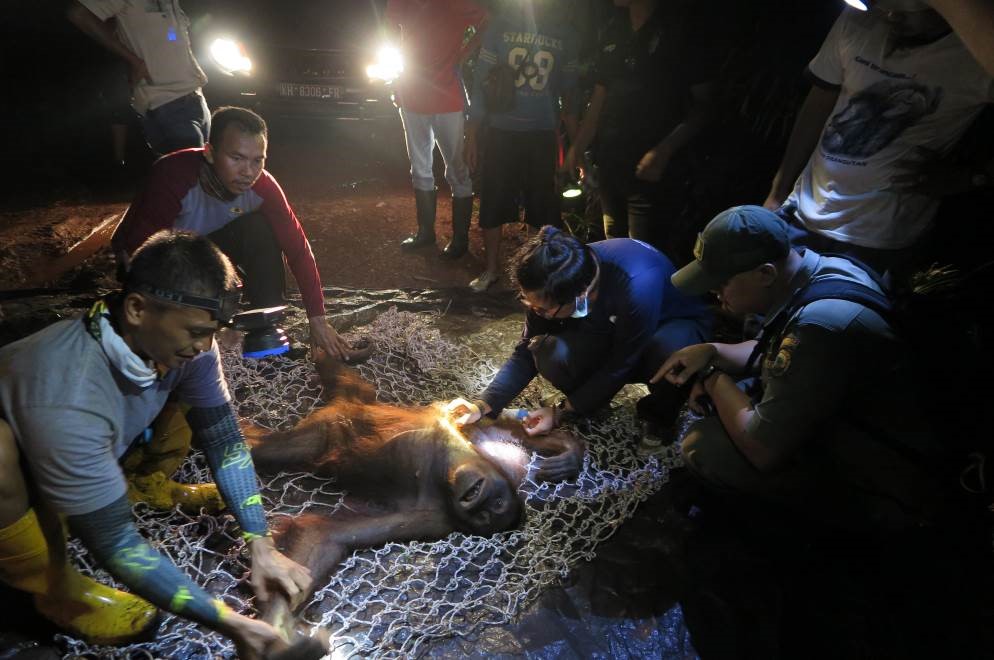
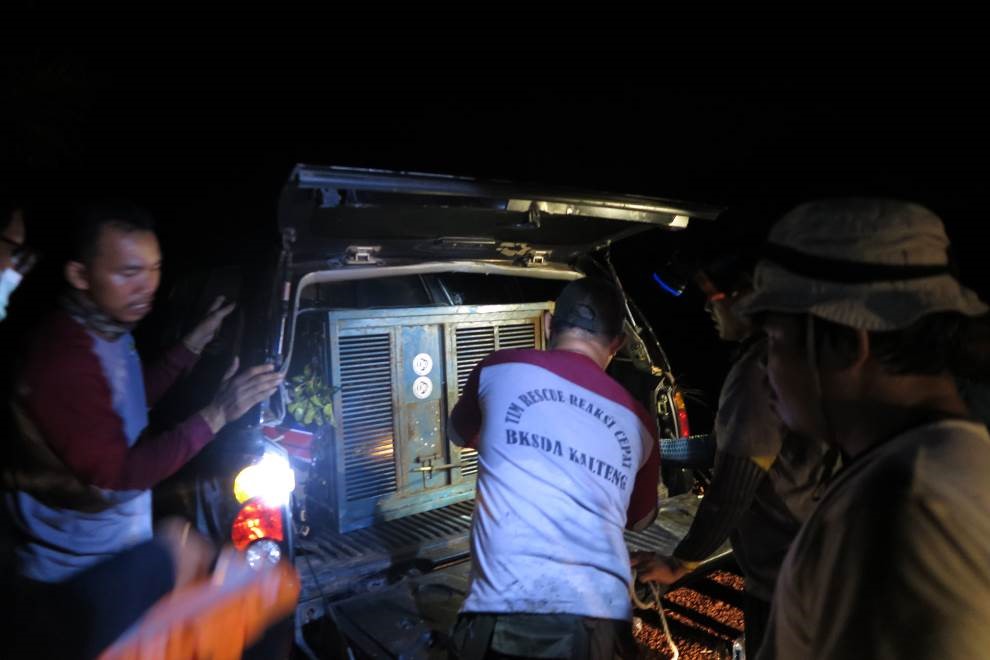

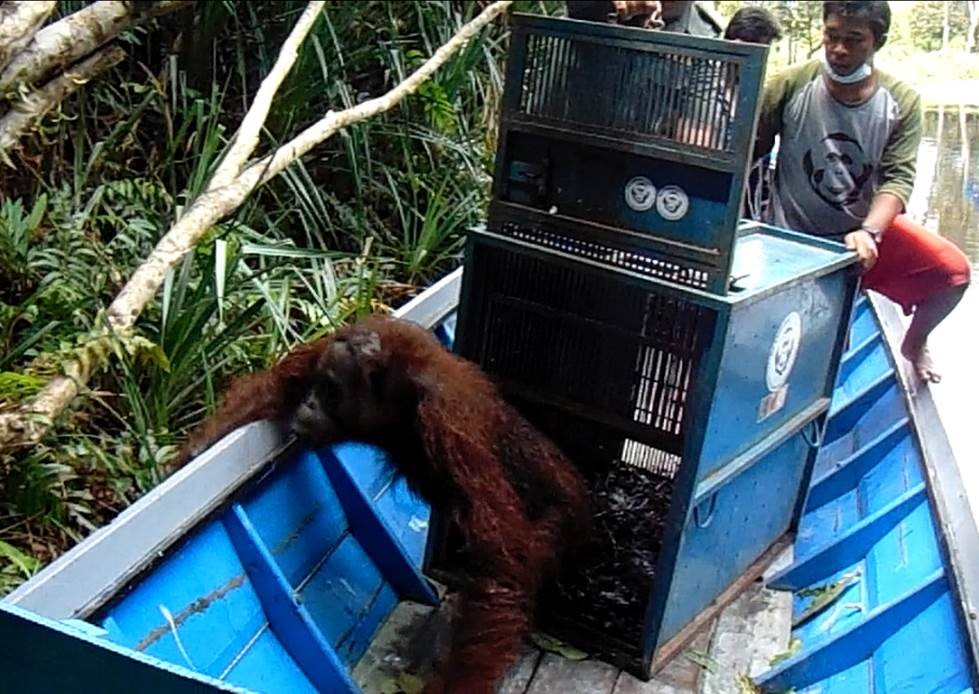

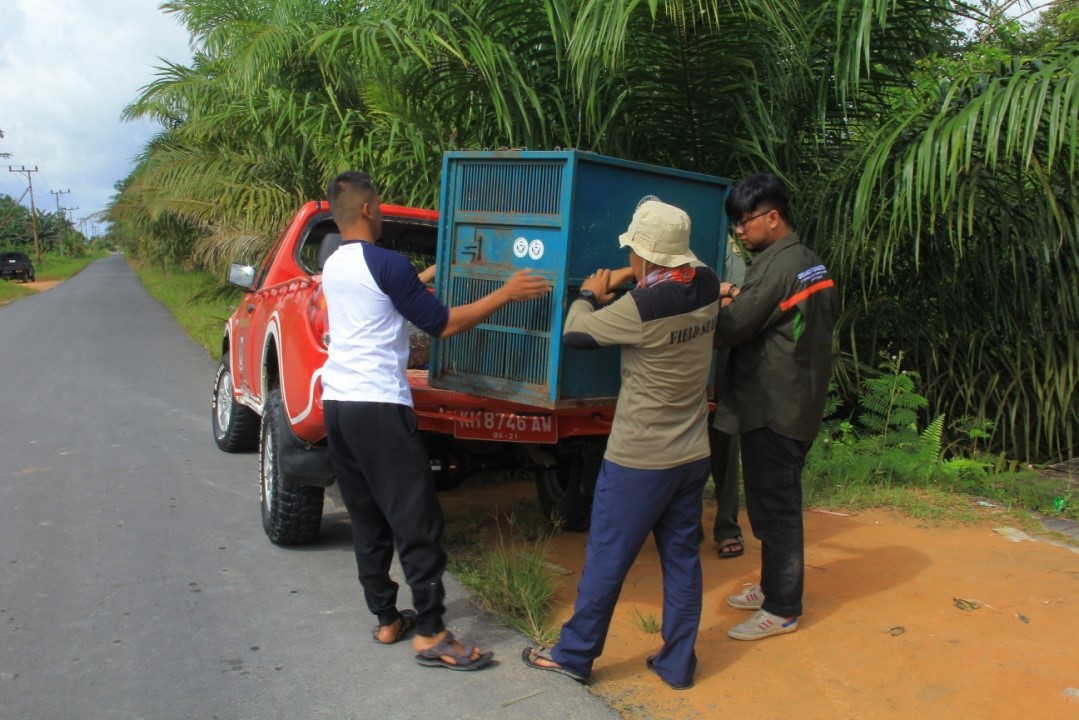
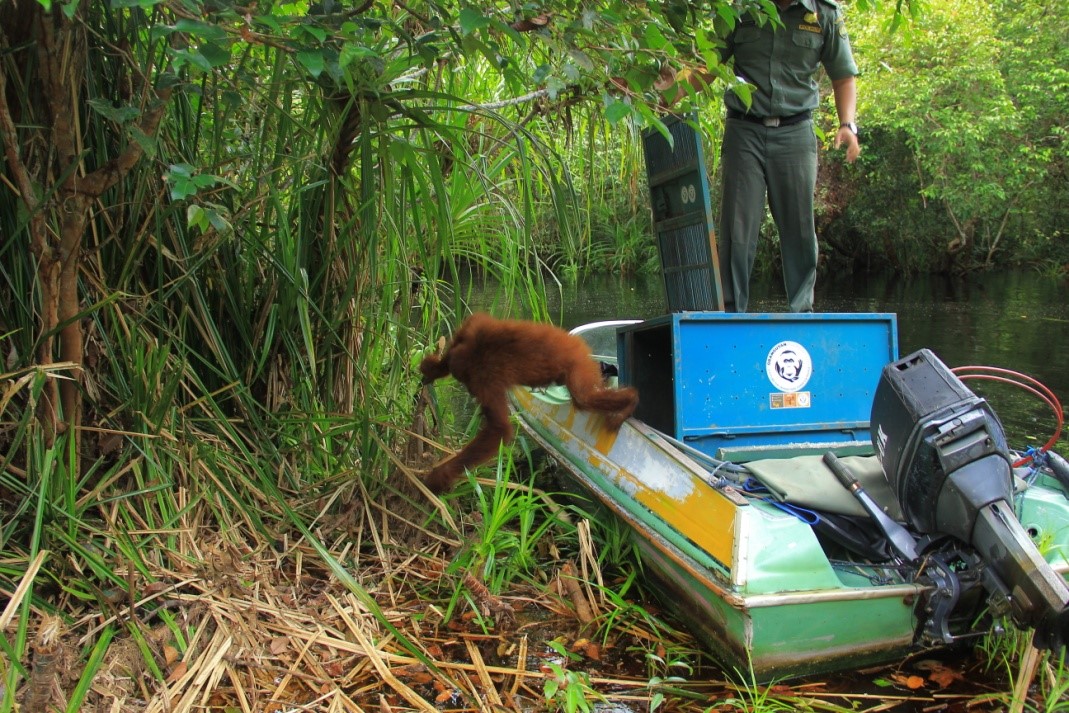
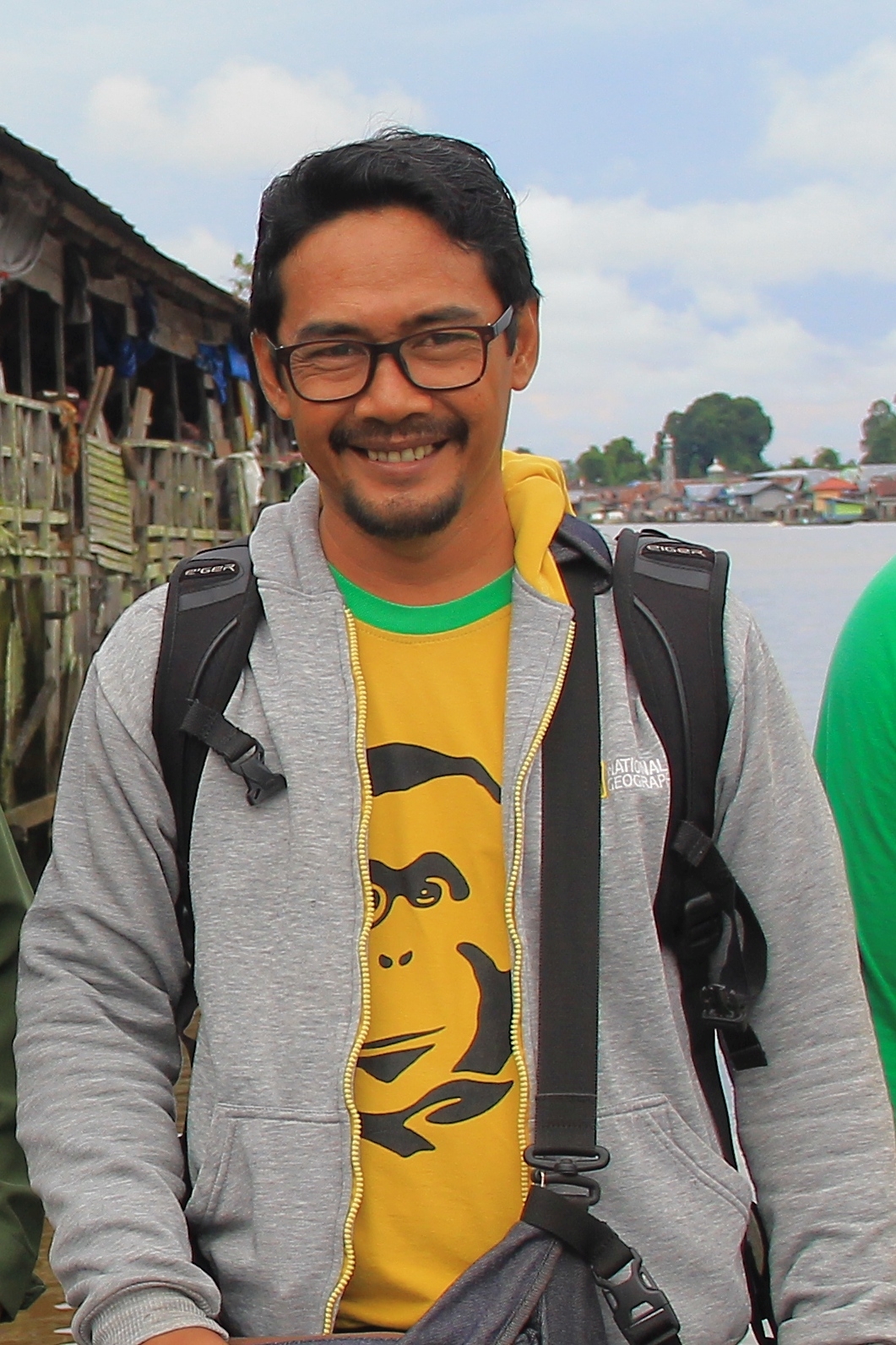
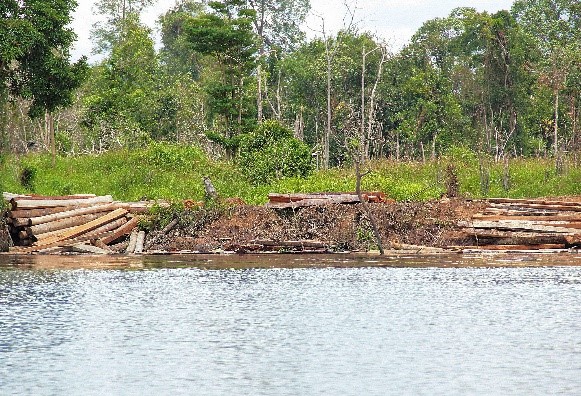
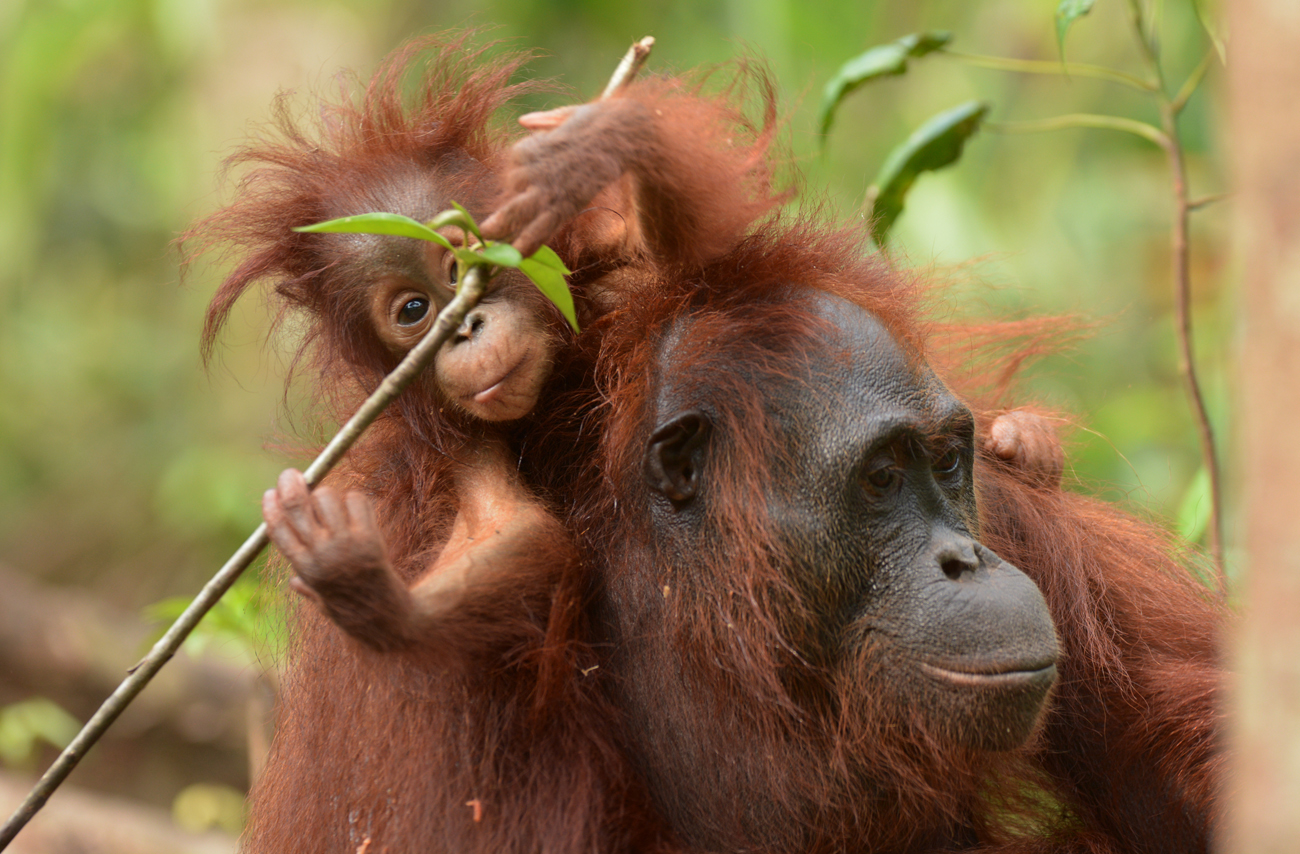

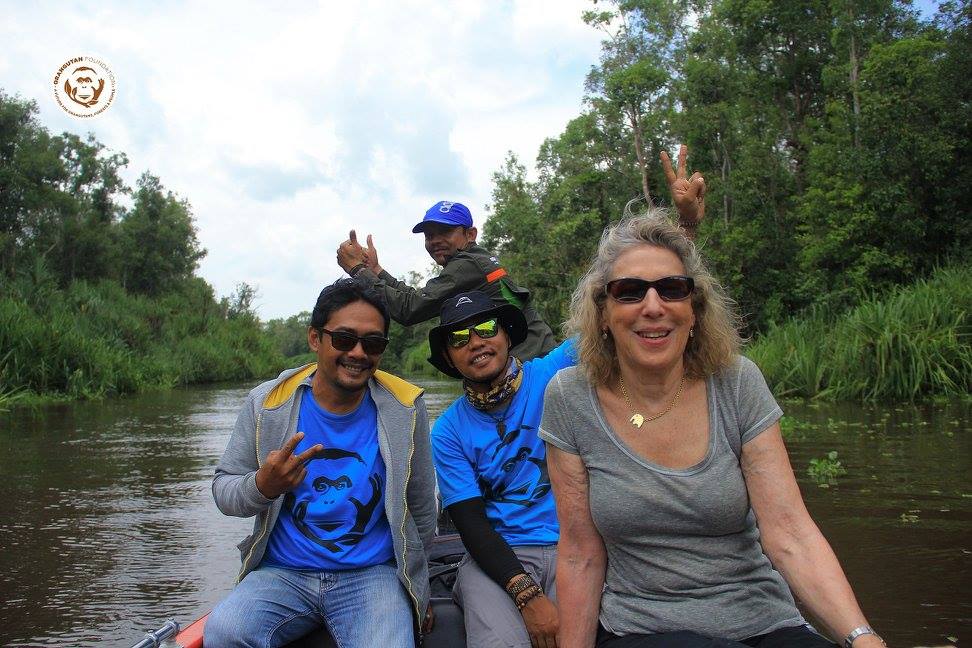
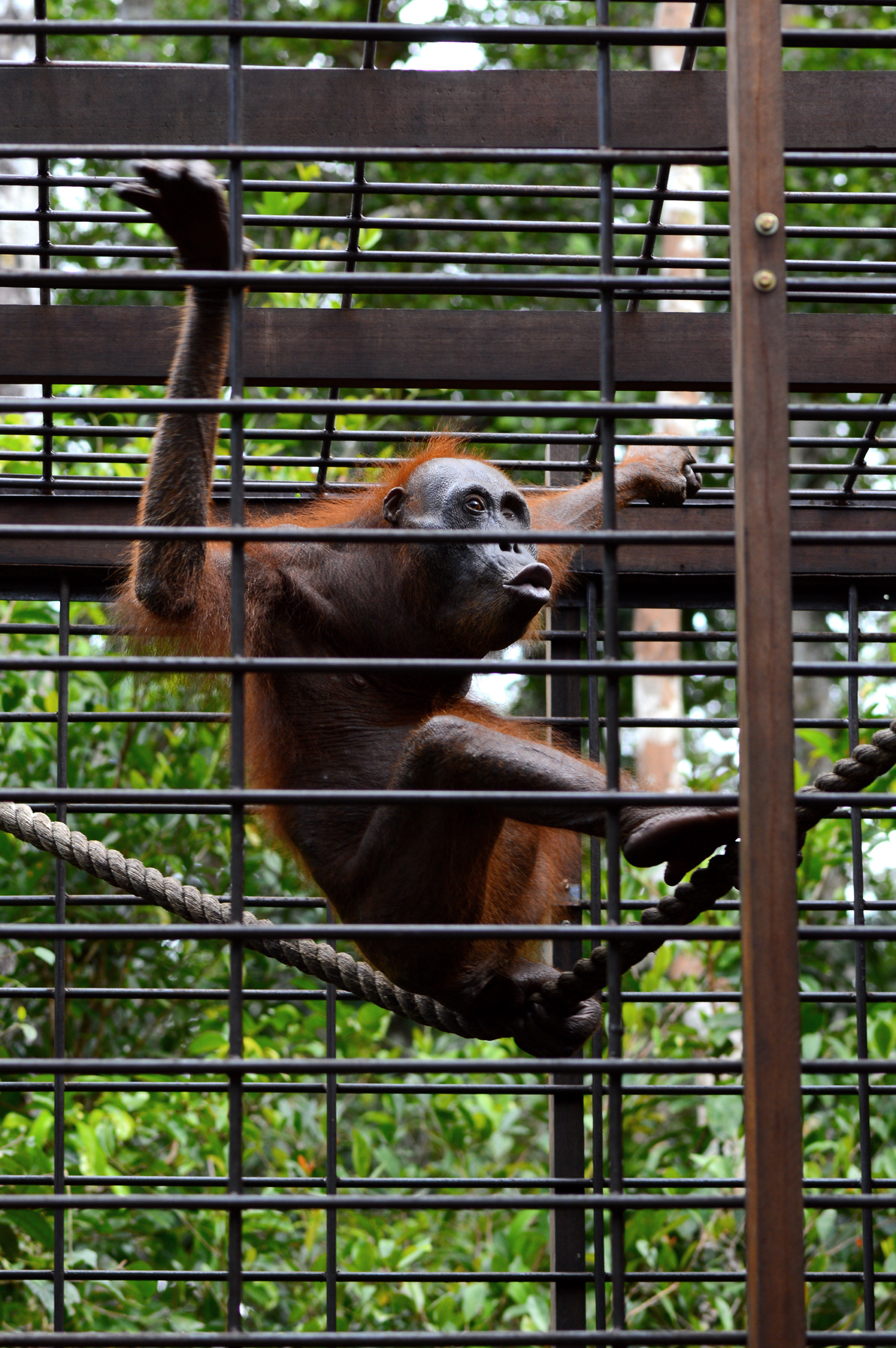
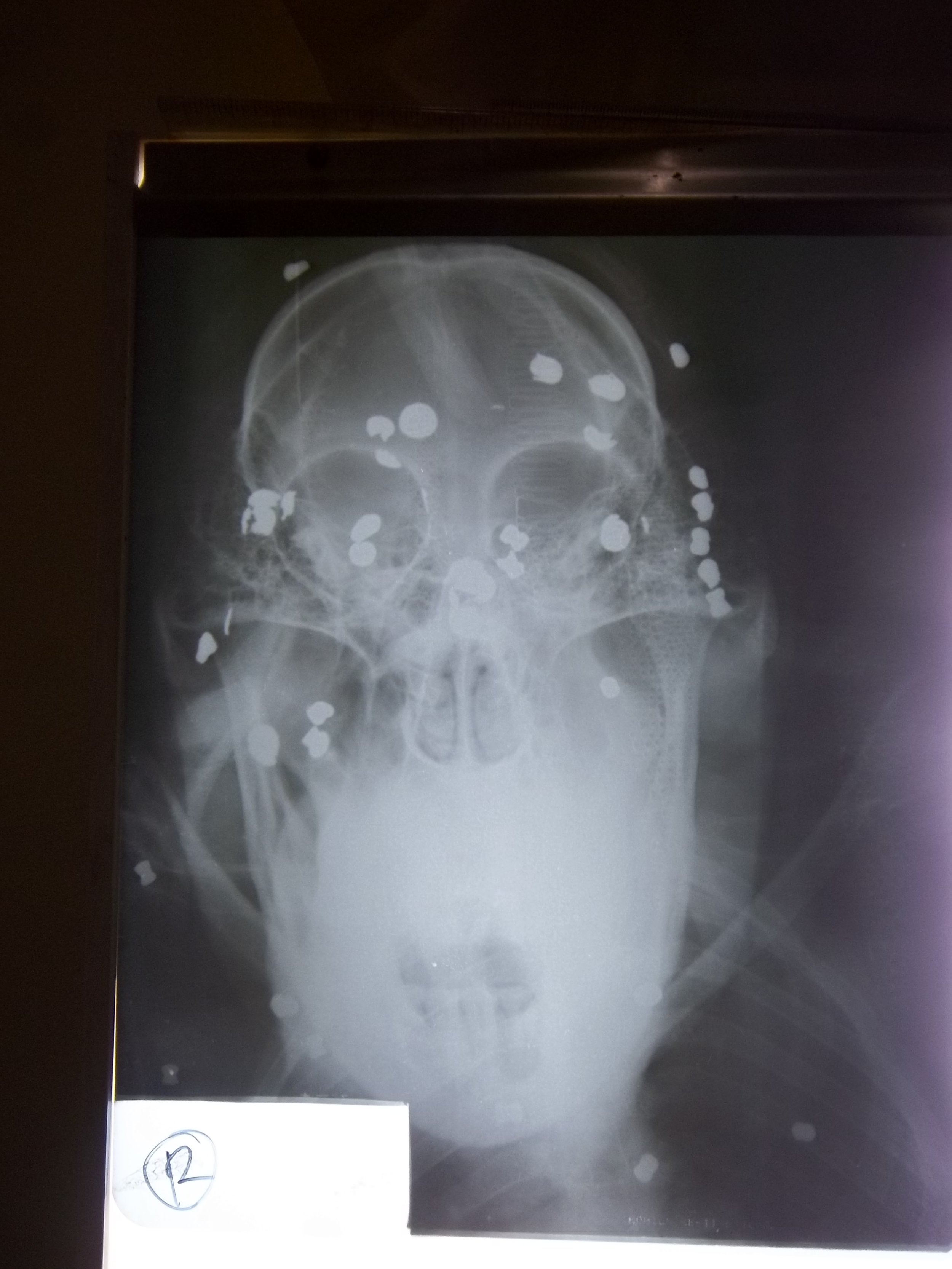
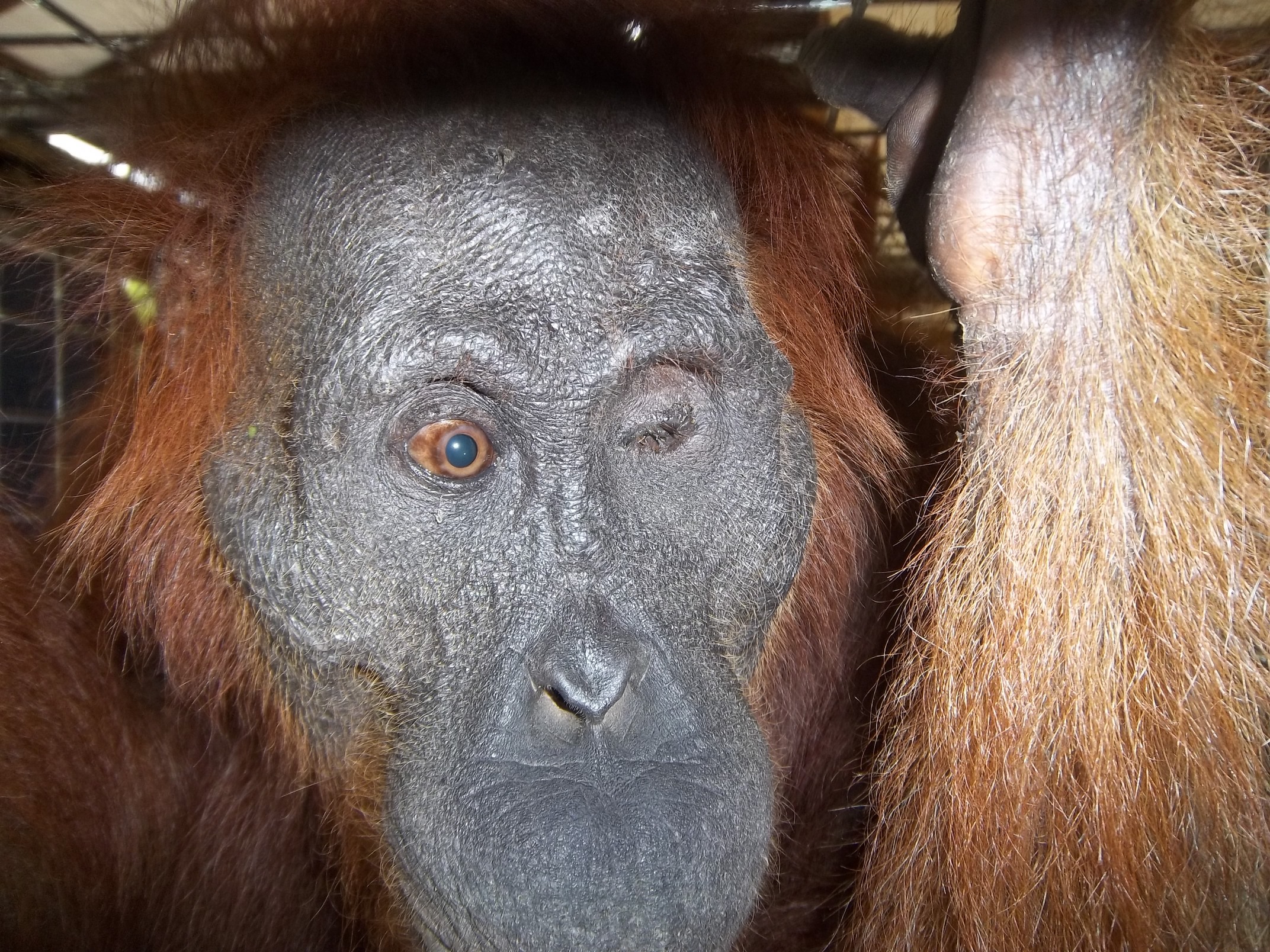
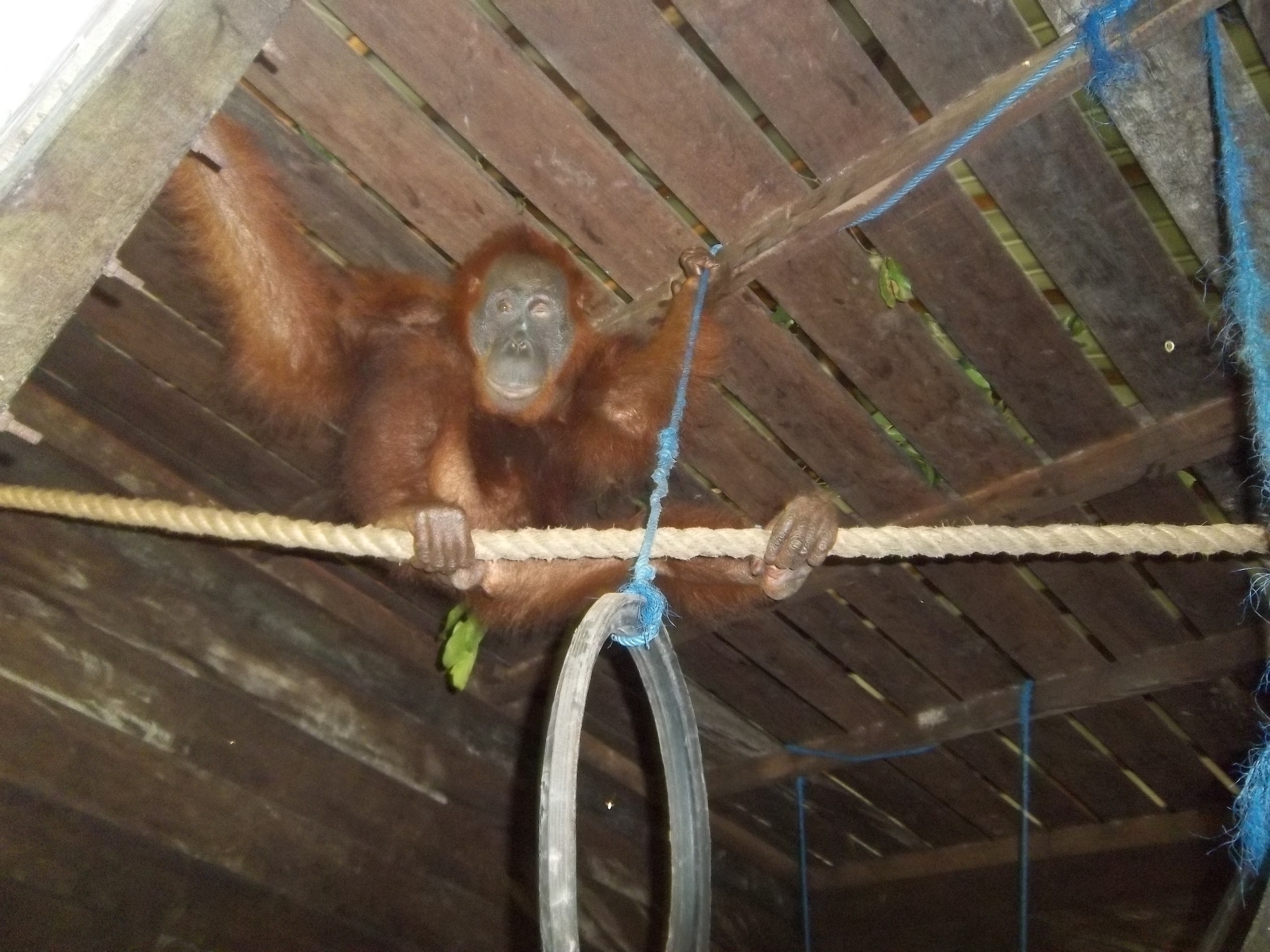
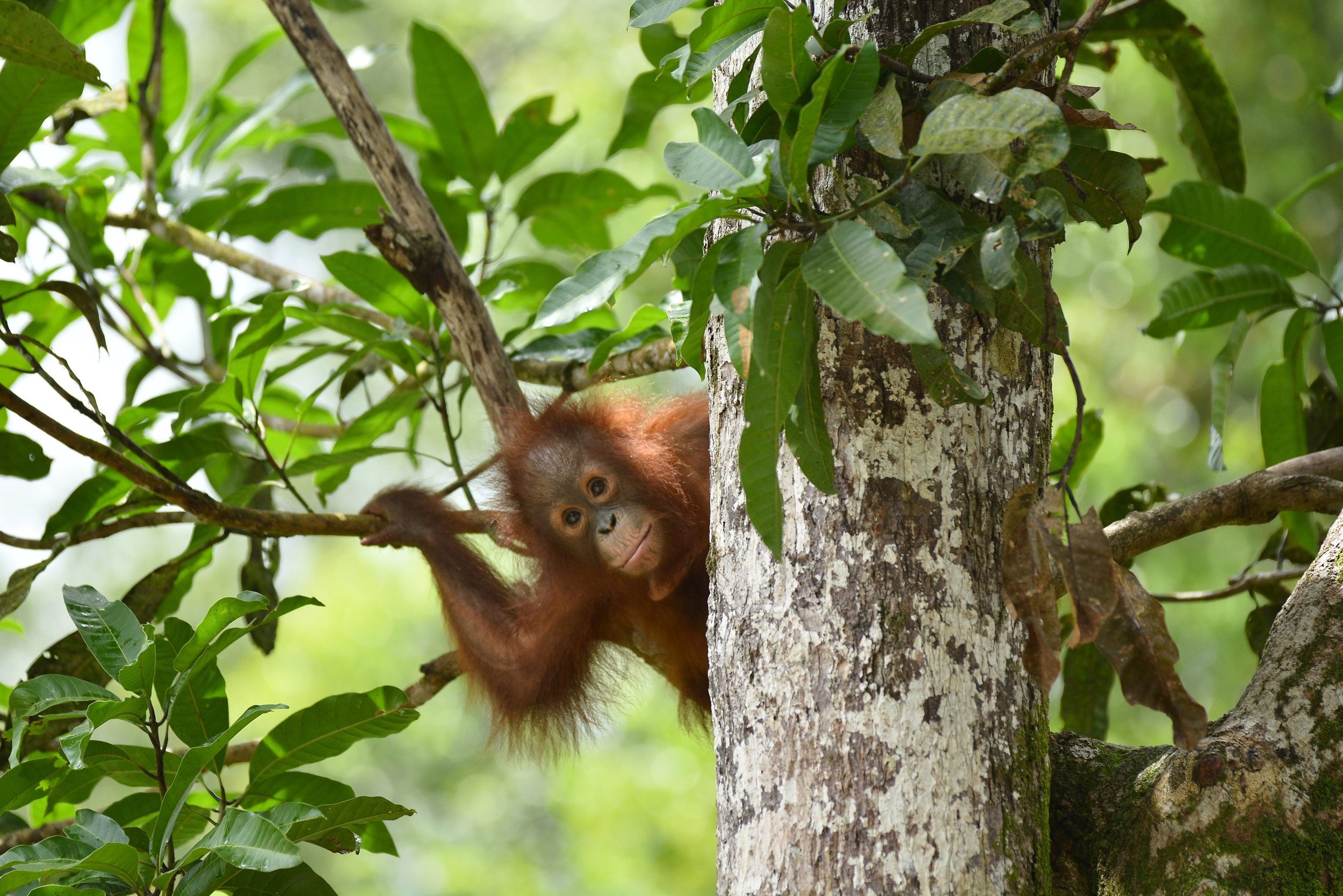
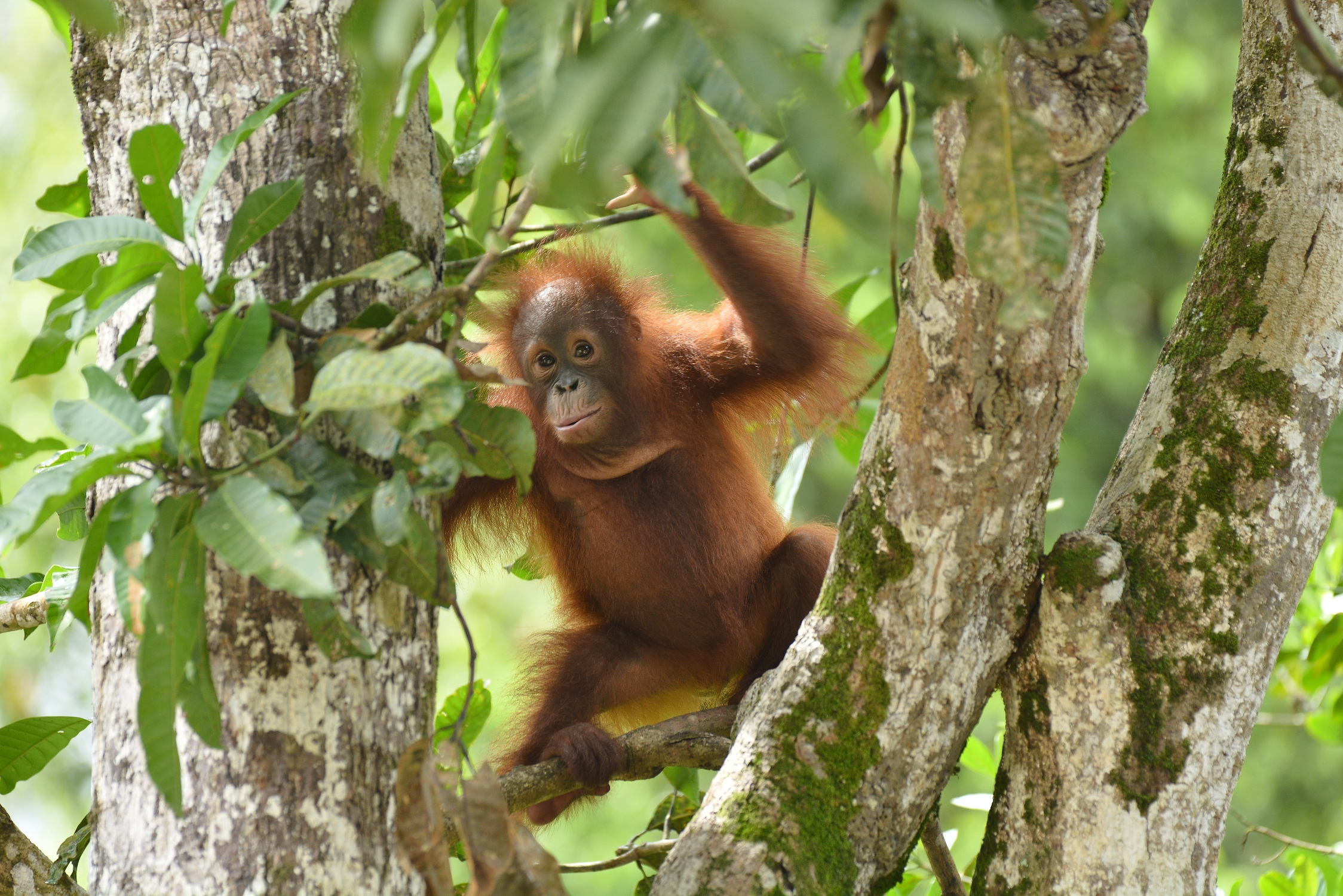
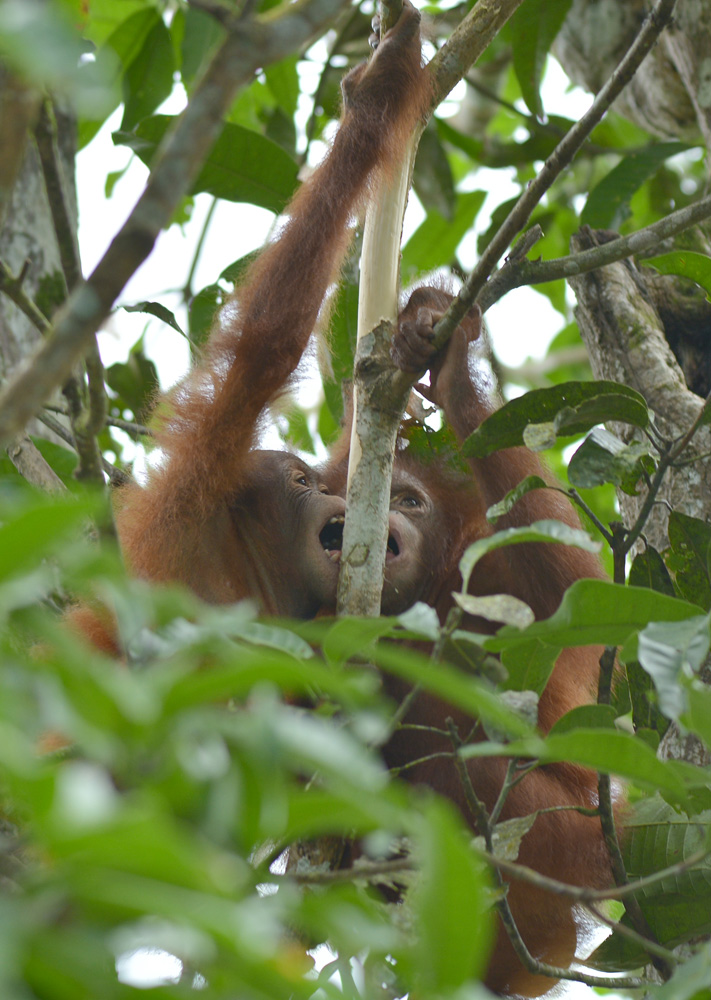
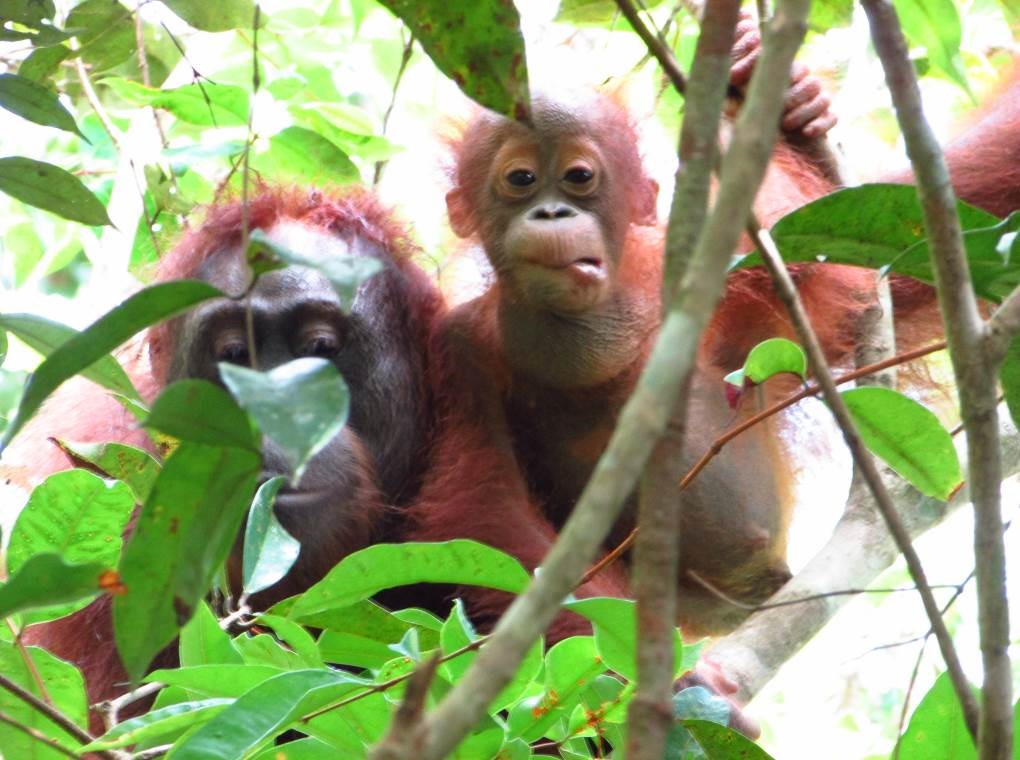
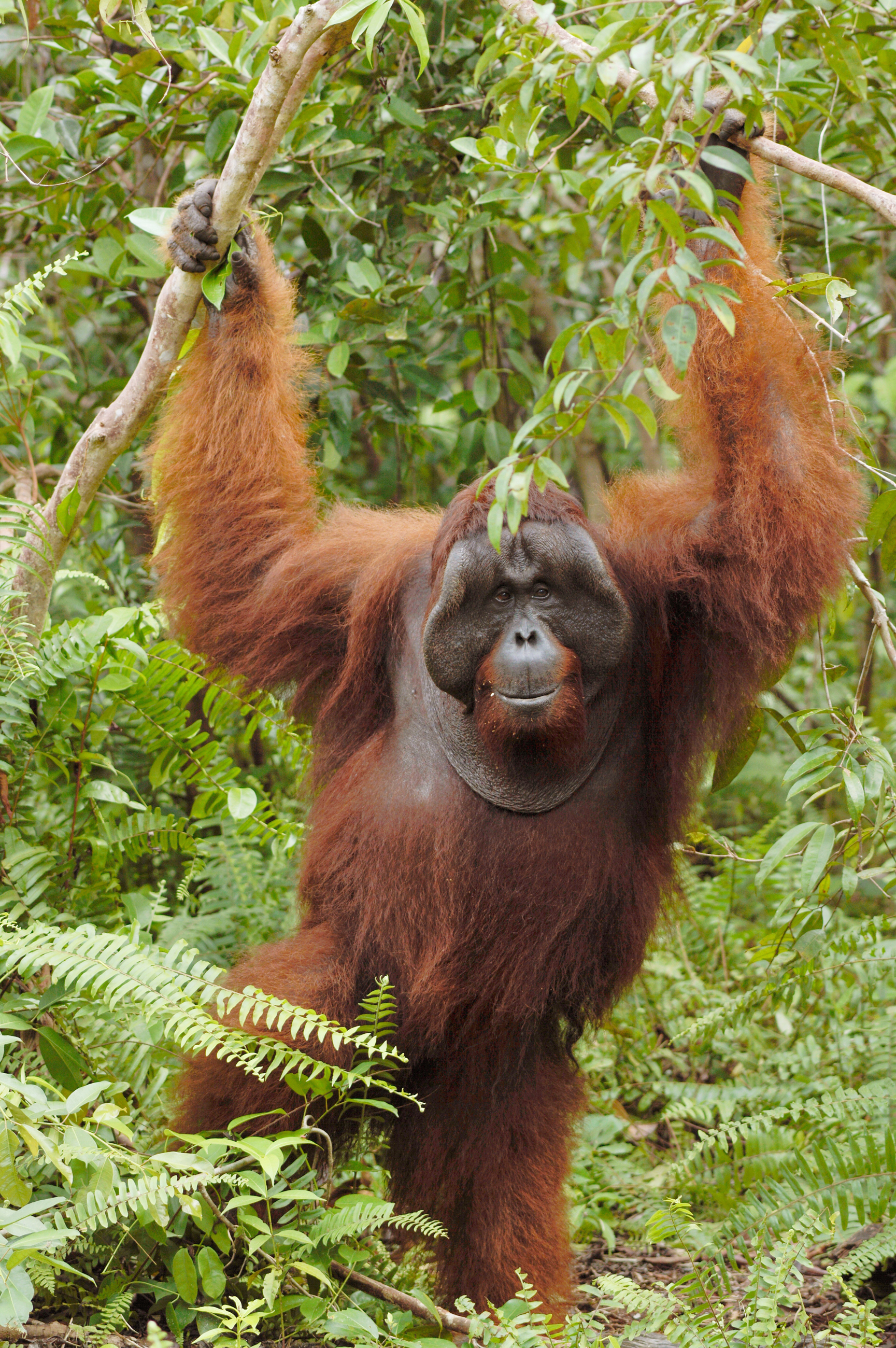
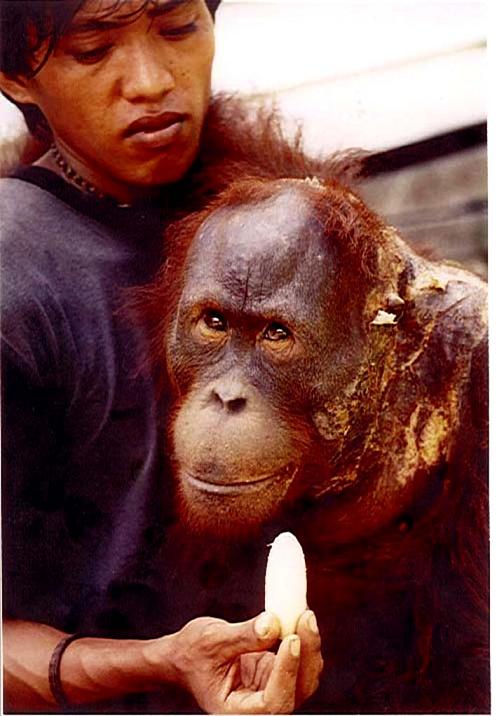
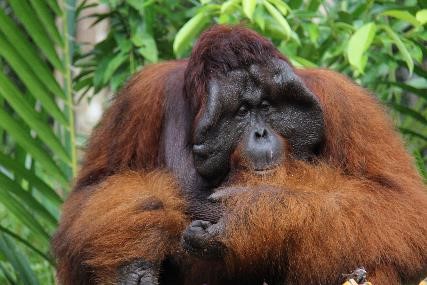
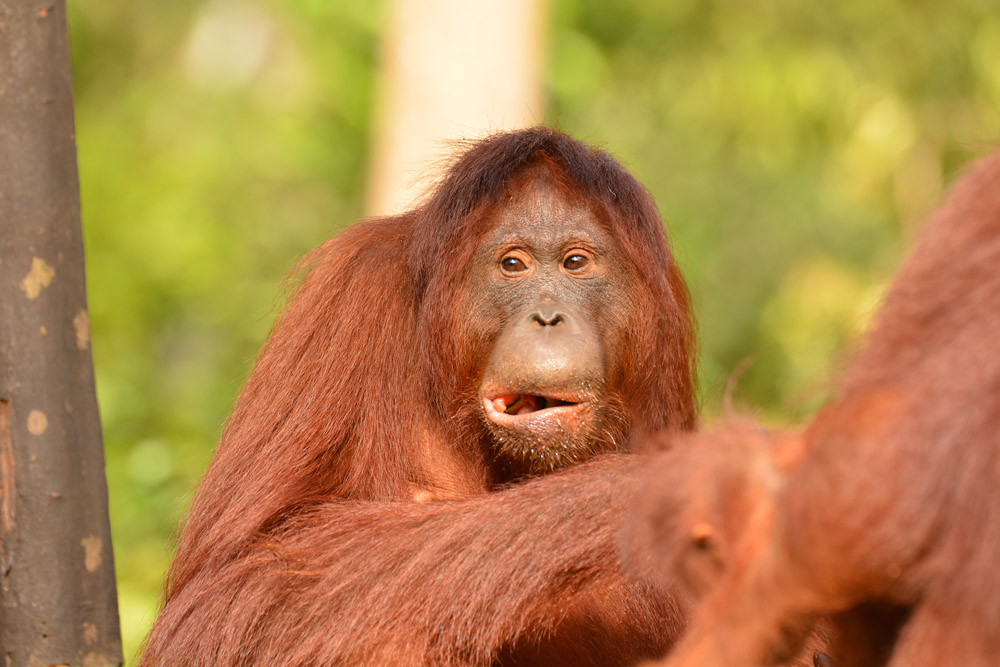
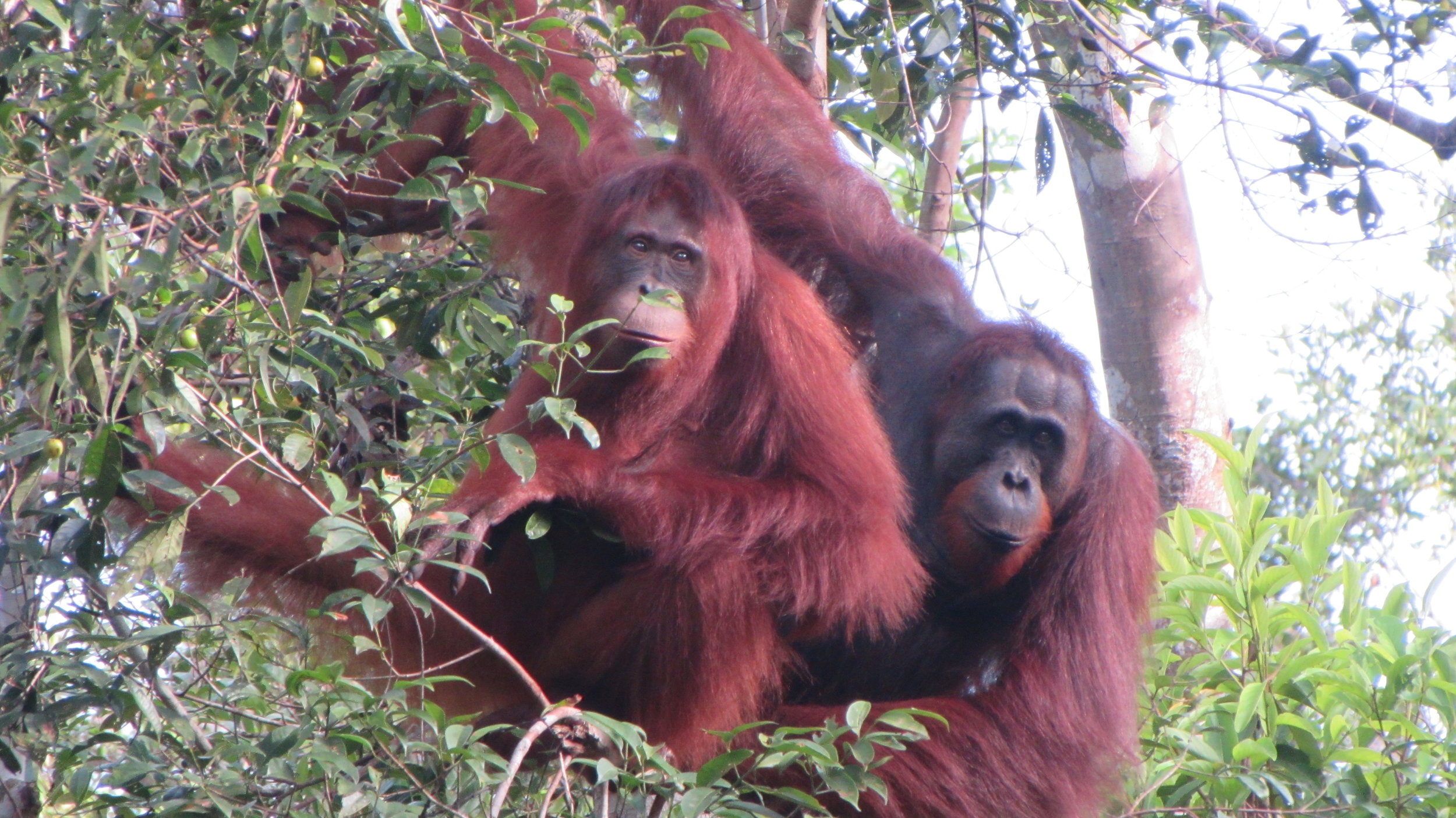
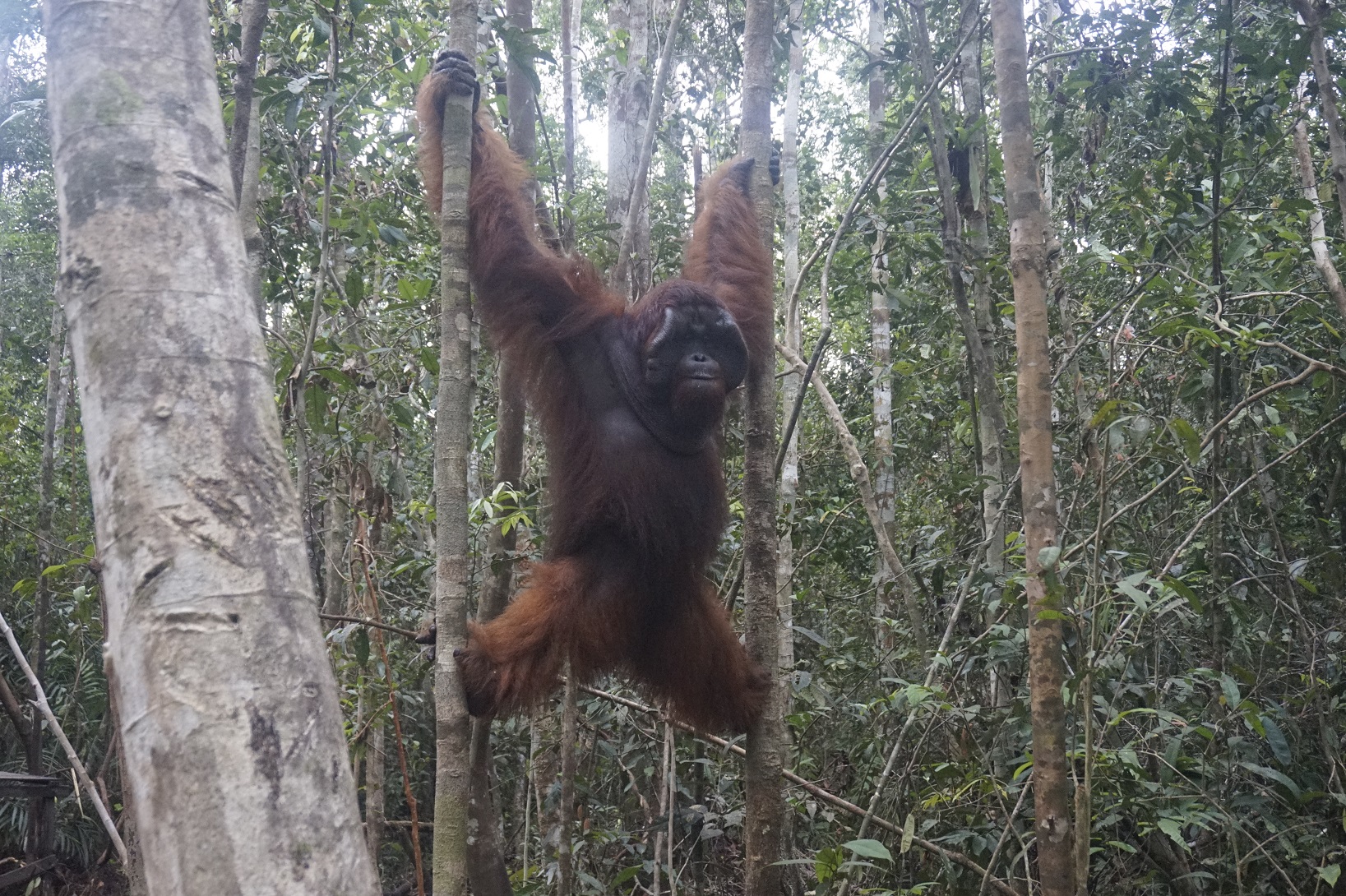
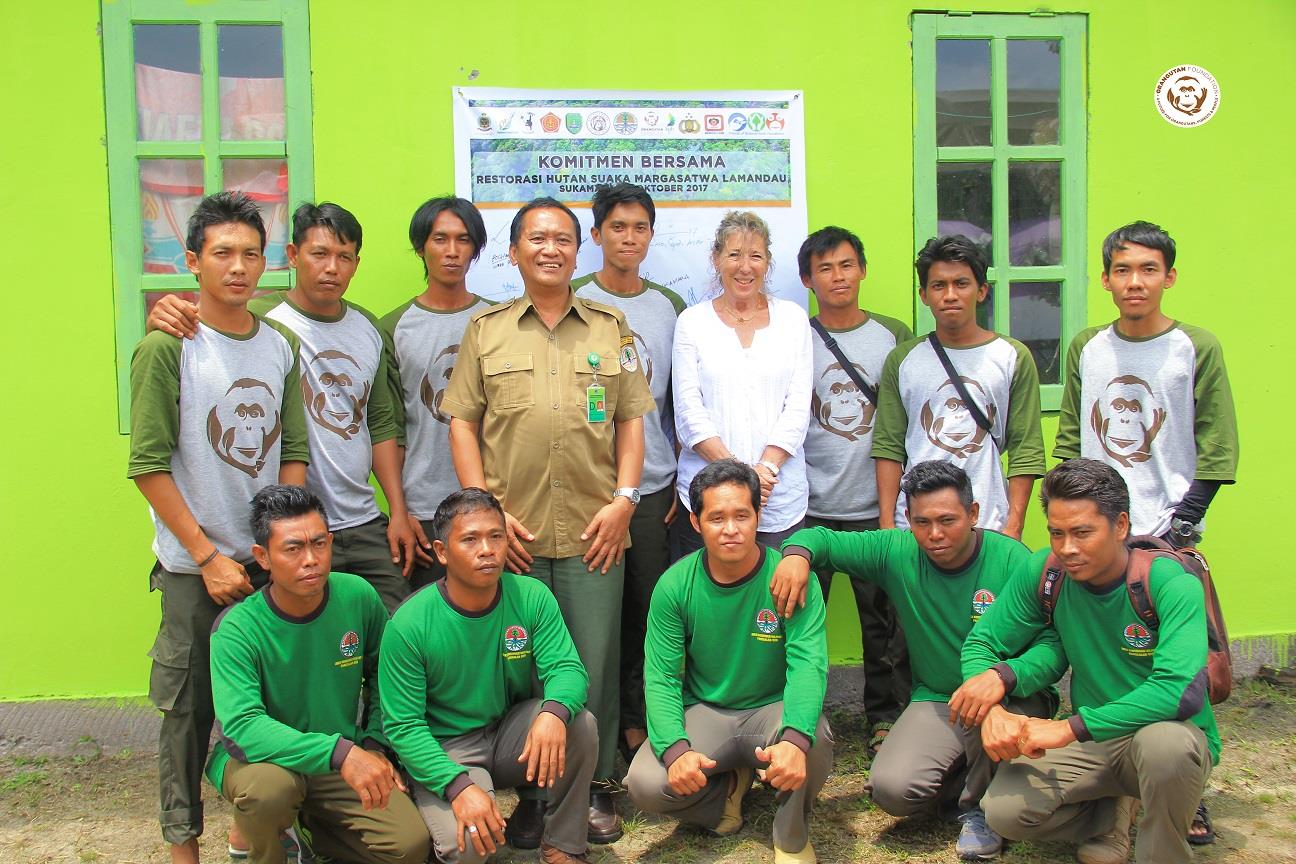
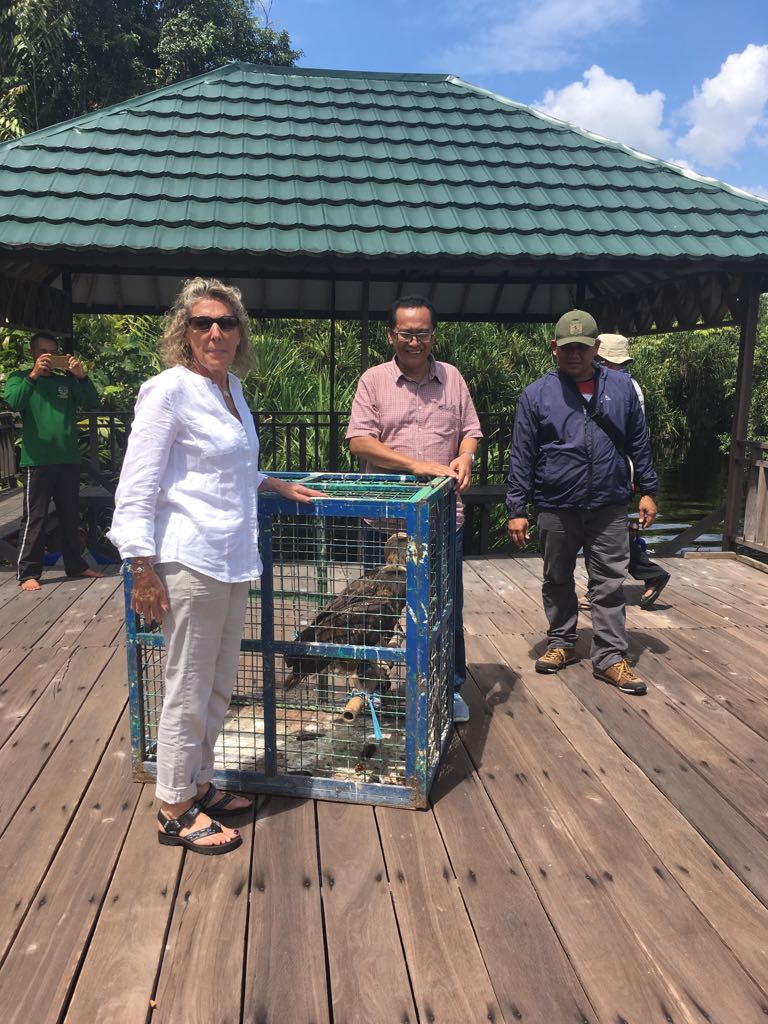
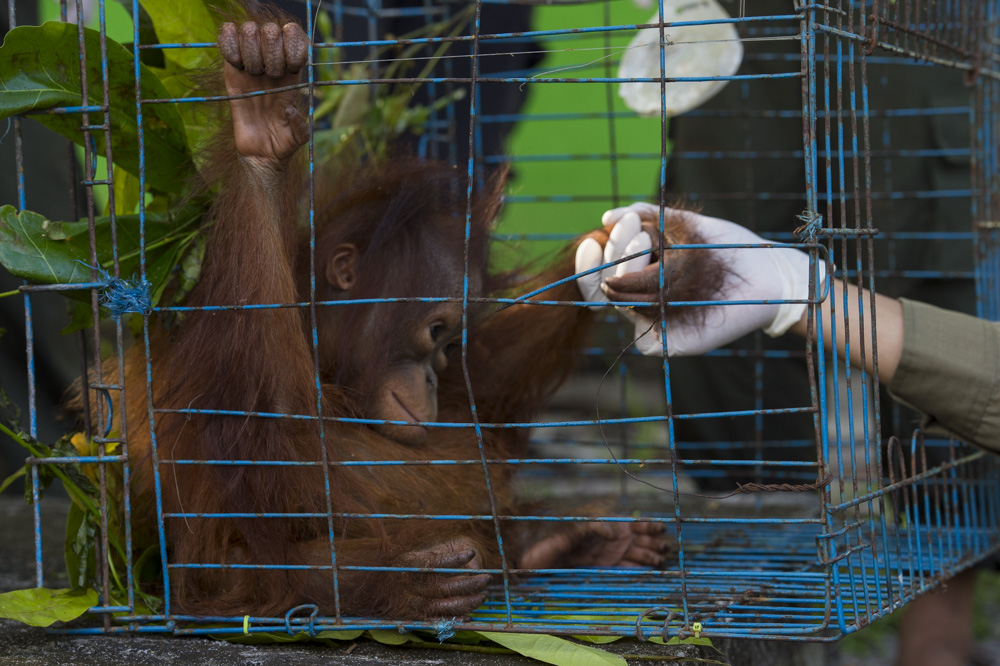
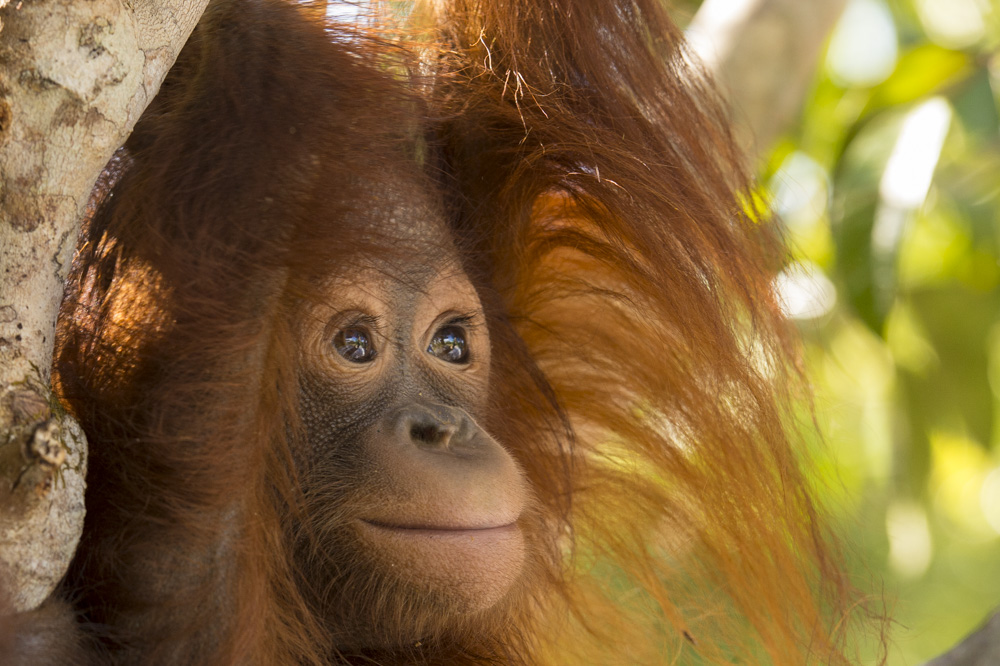
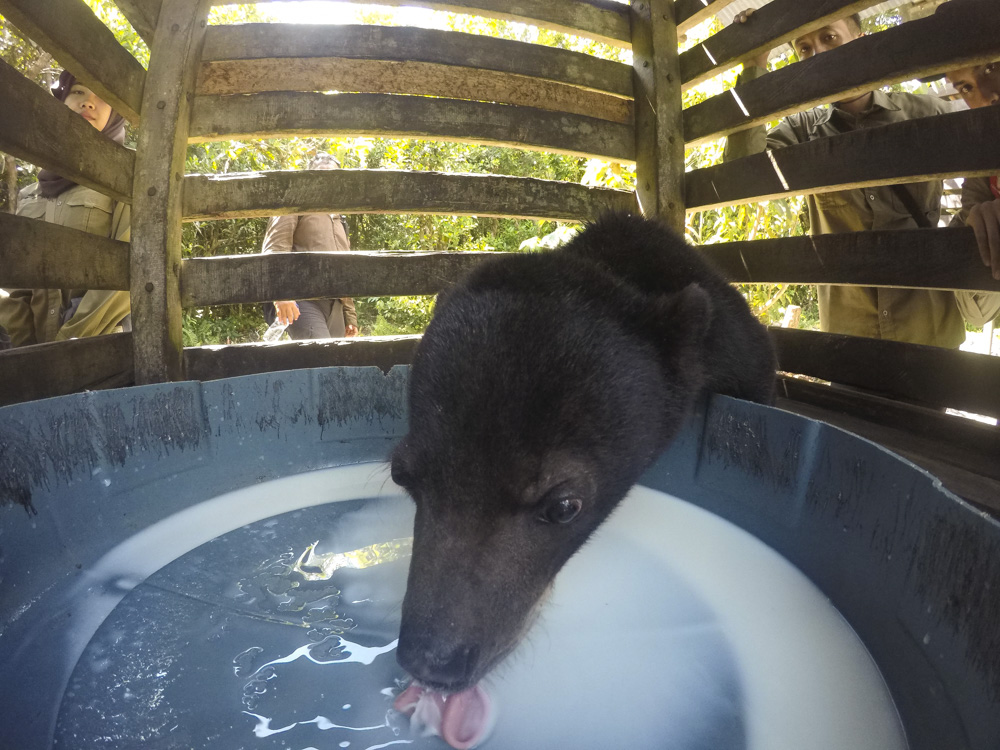
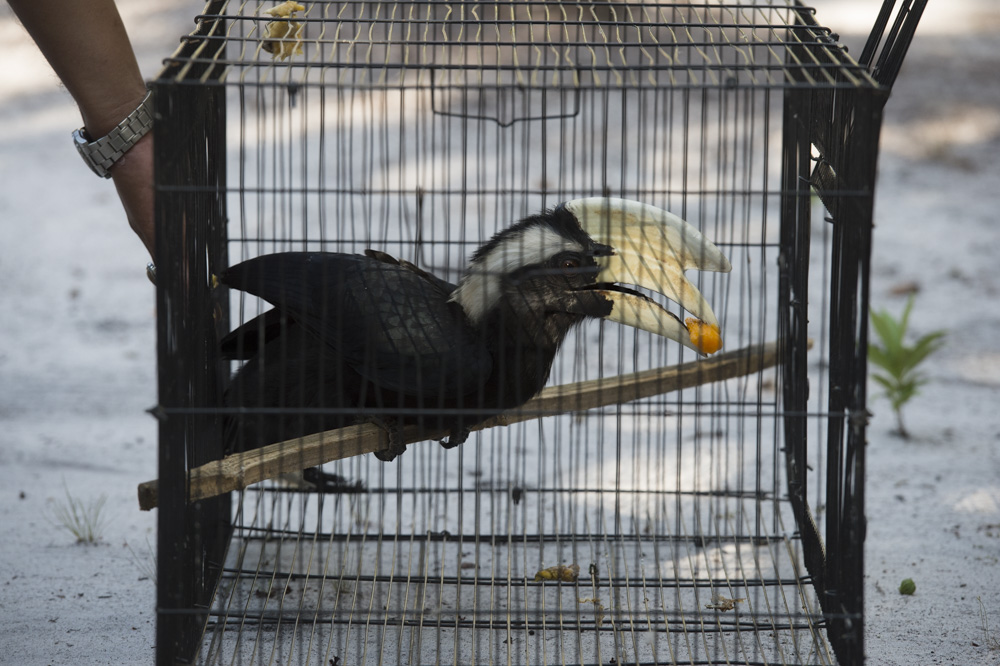
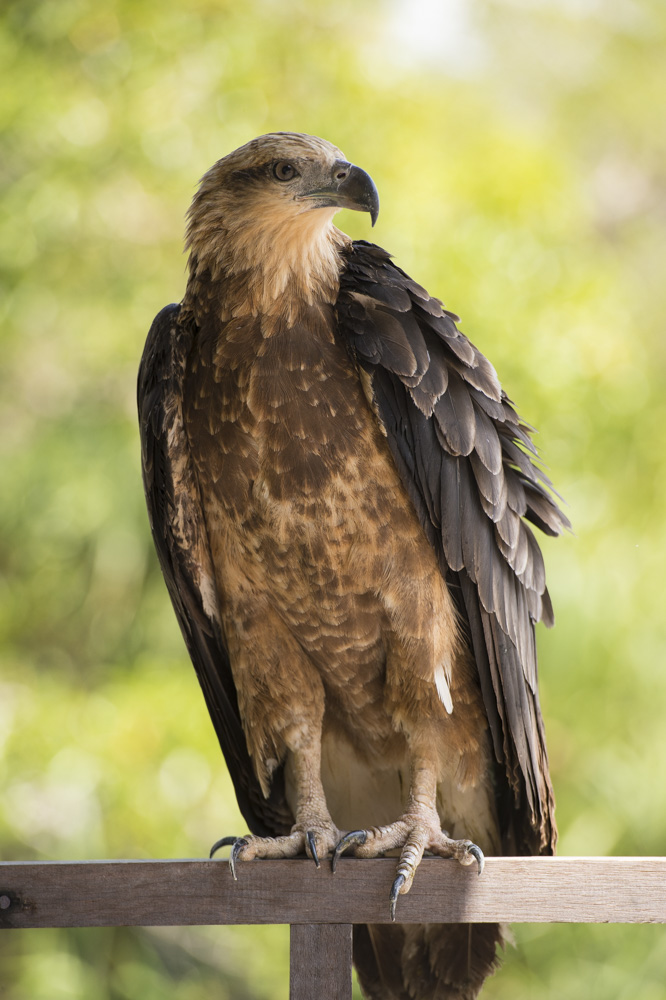

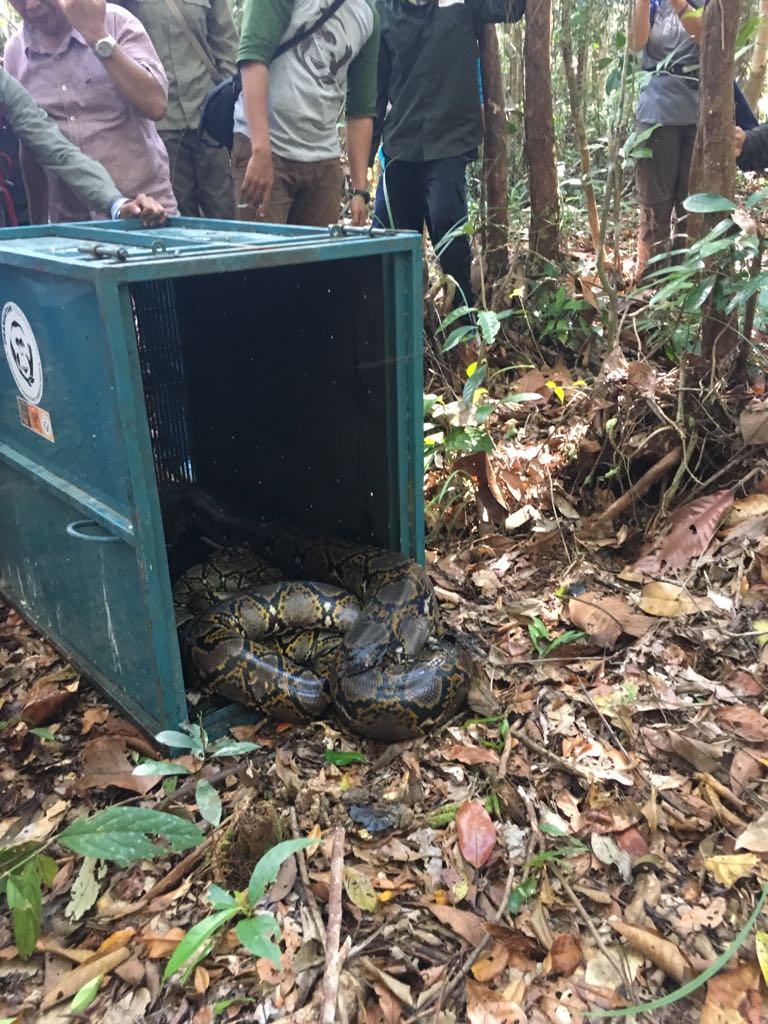
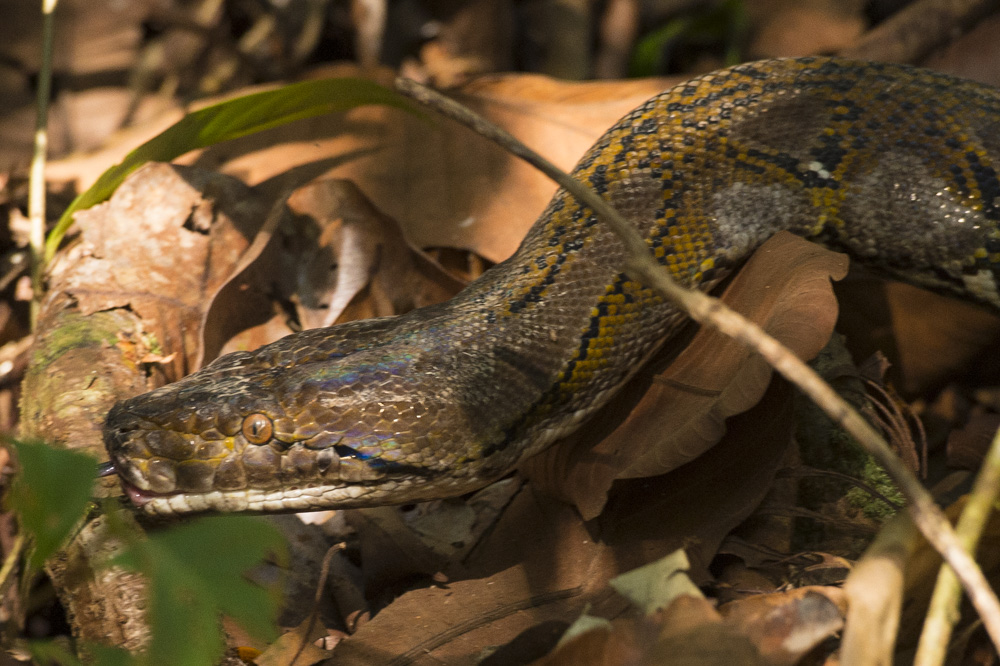
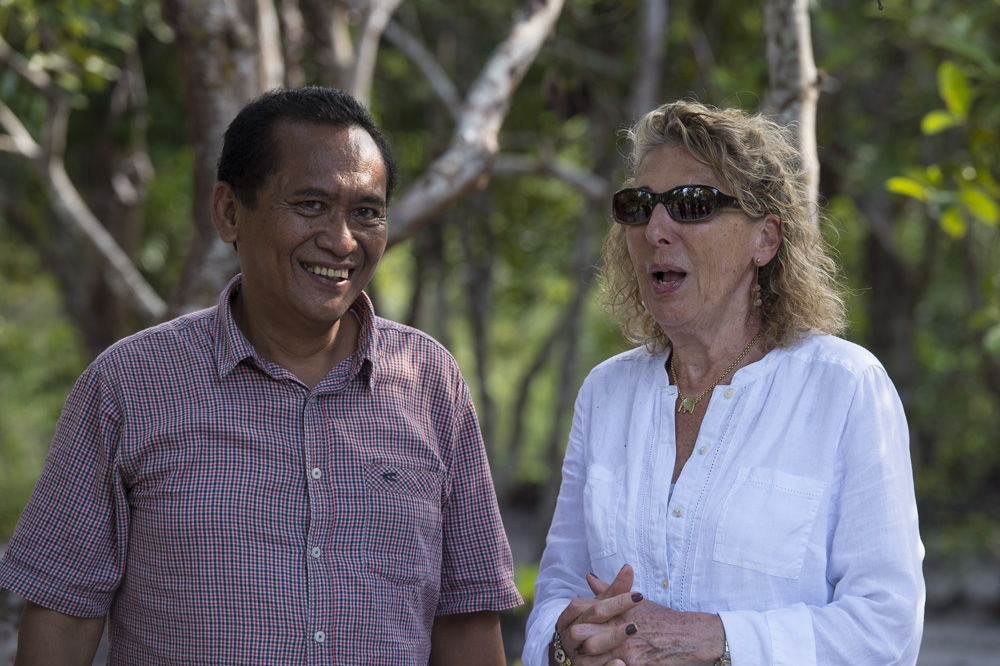
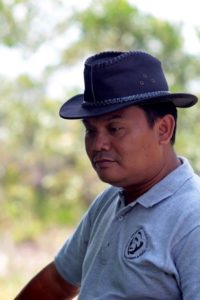
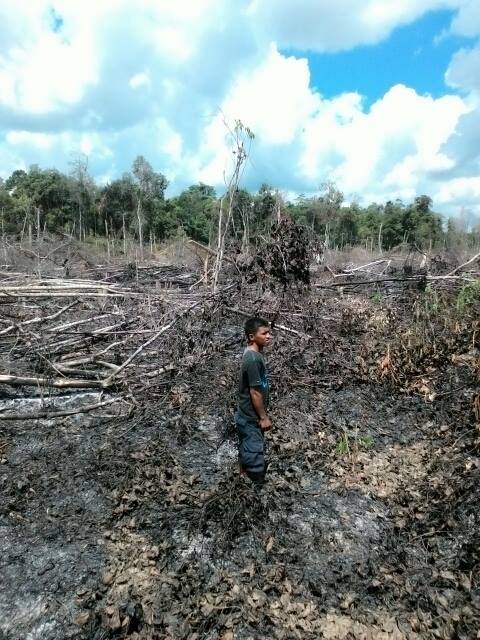
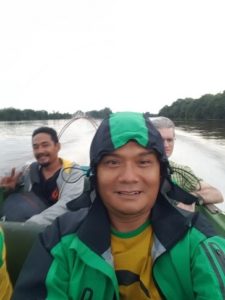

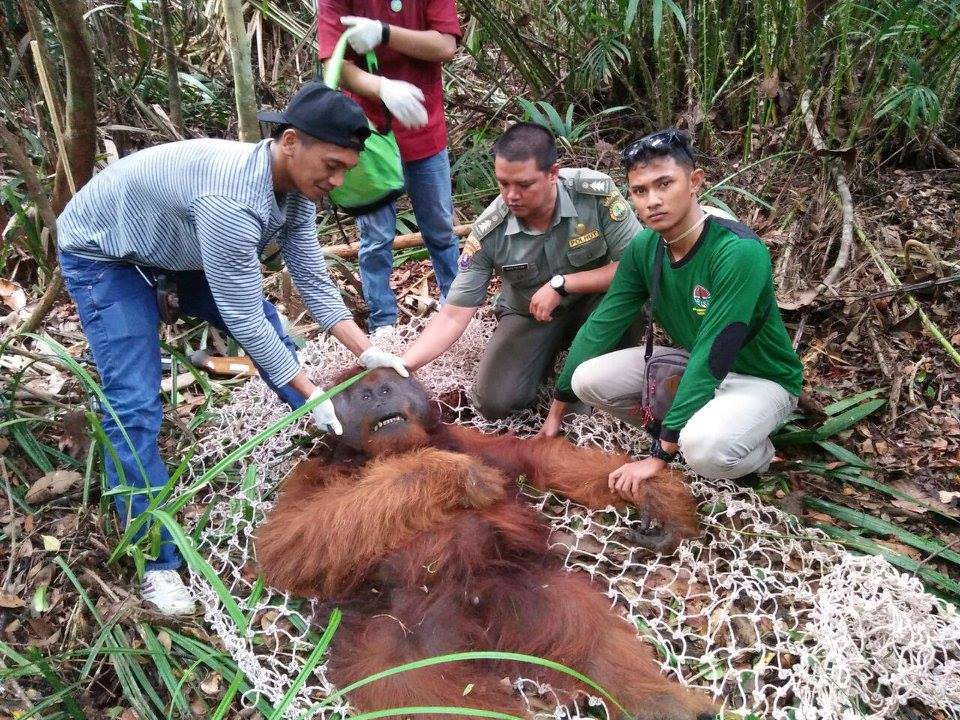 On Monday, 28th August 2017, Orangutan Foundation together with the local wildlife authority, managed to rescue an orangutan, found stranded in a forested area between a village and an oil-palm plantation in Central Kalimantan. The orangutan, an adult male of around 17 years of age, only weighed 80kg - about two thirds its expected weight..
On Monday, 28th August 2017, Orangutan Foundation together with the local wildlife authority, managed to rescue an orangutan, found stranded in a forested area between a village and an oil-palm plantation in Central Kalimantan. The orangutan, an adult male of around 17 years of age, only weighed 80kg - about two thirds its expected weight..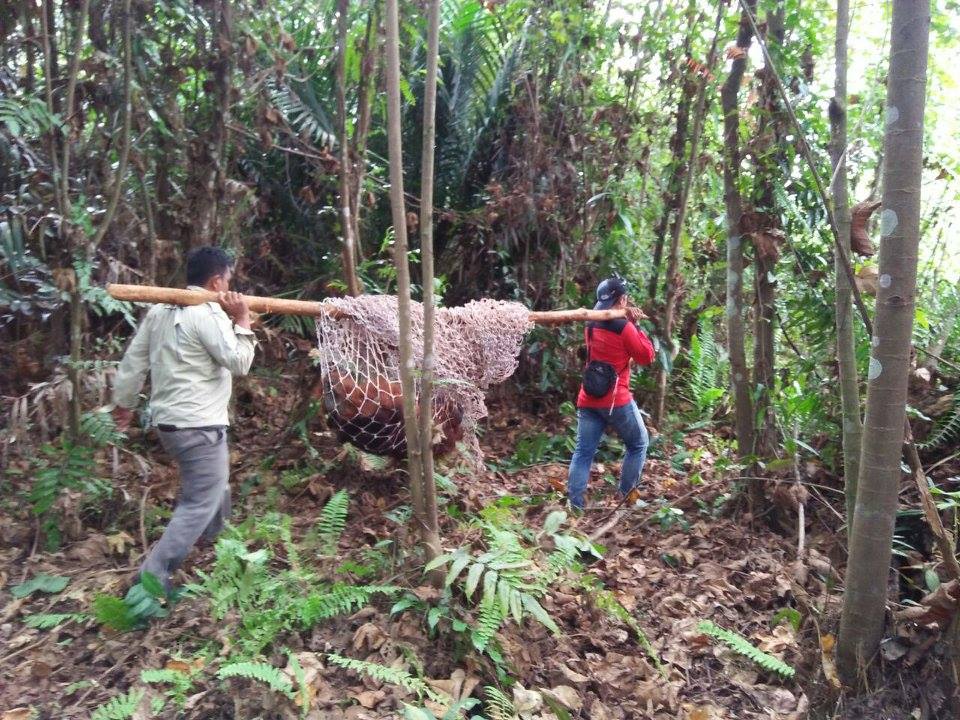

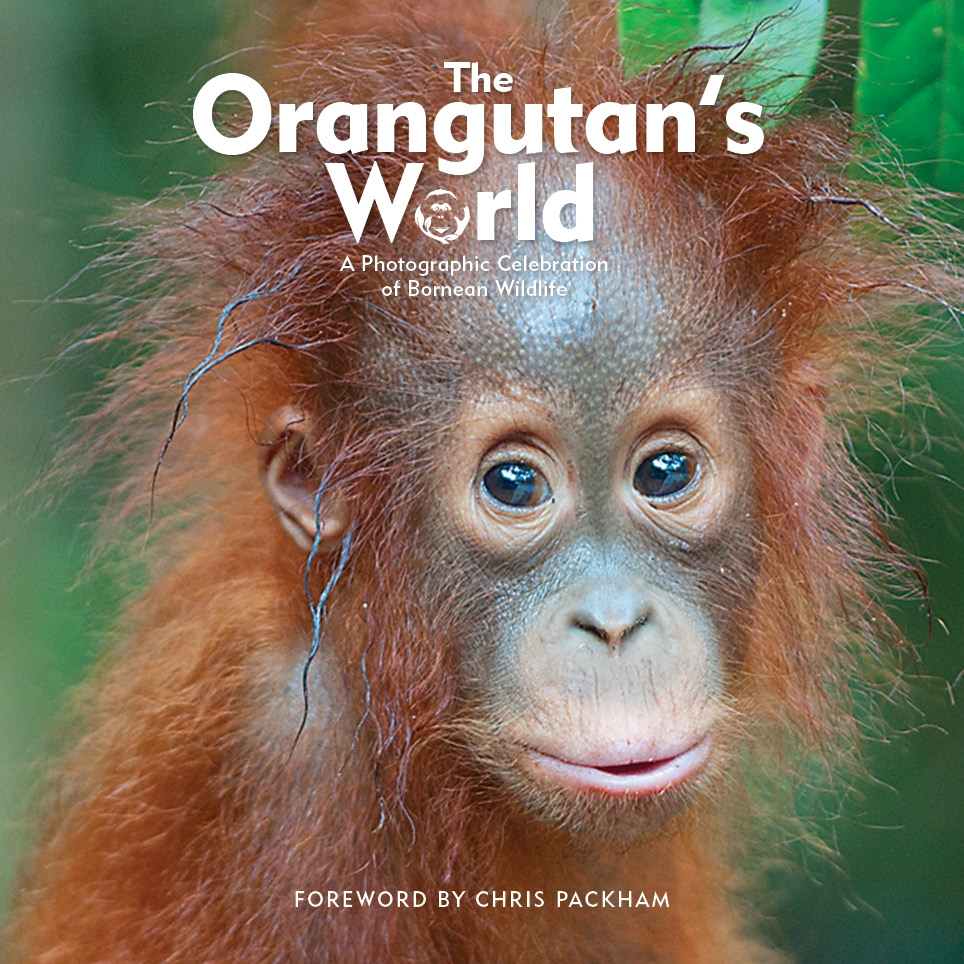
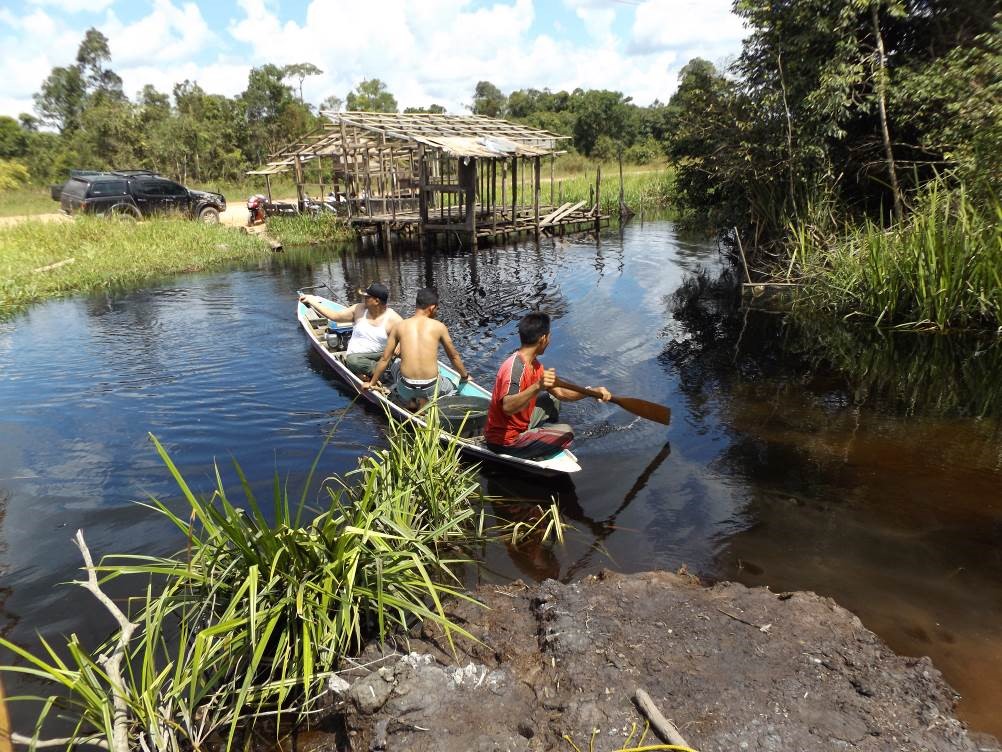
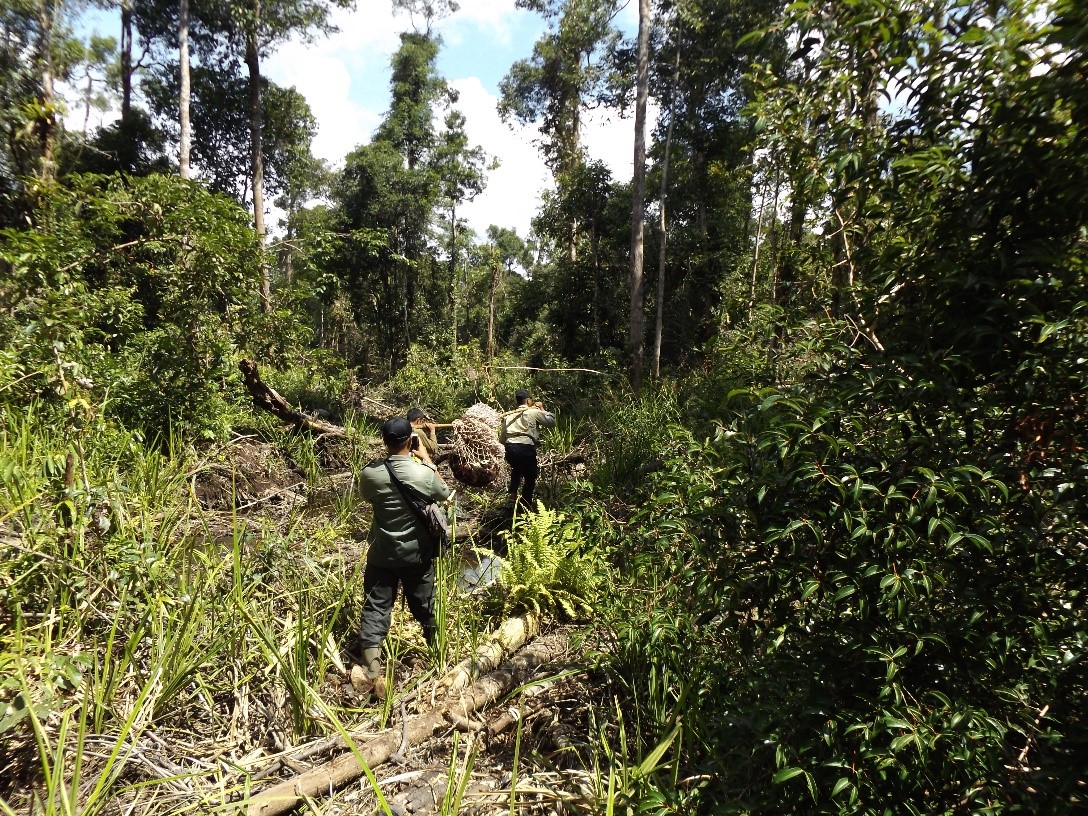


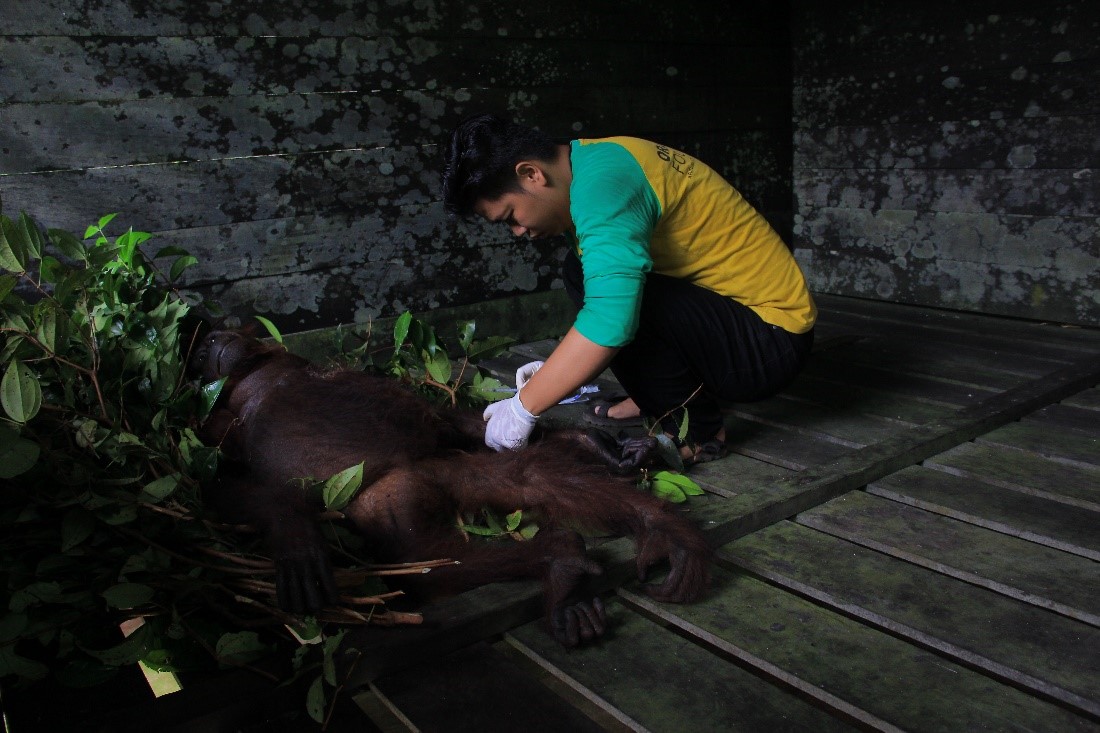
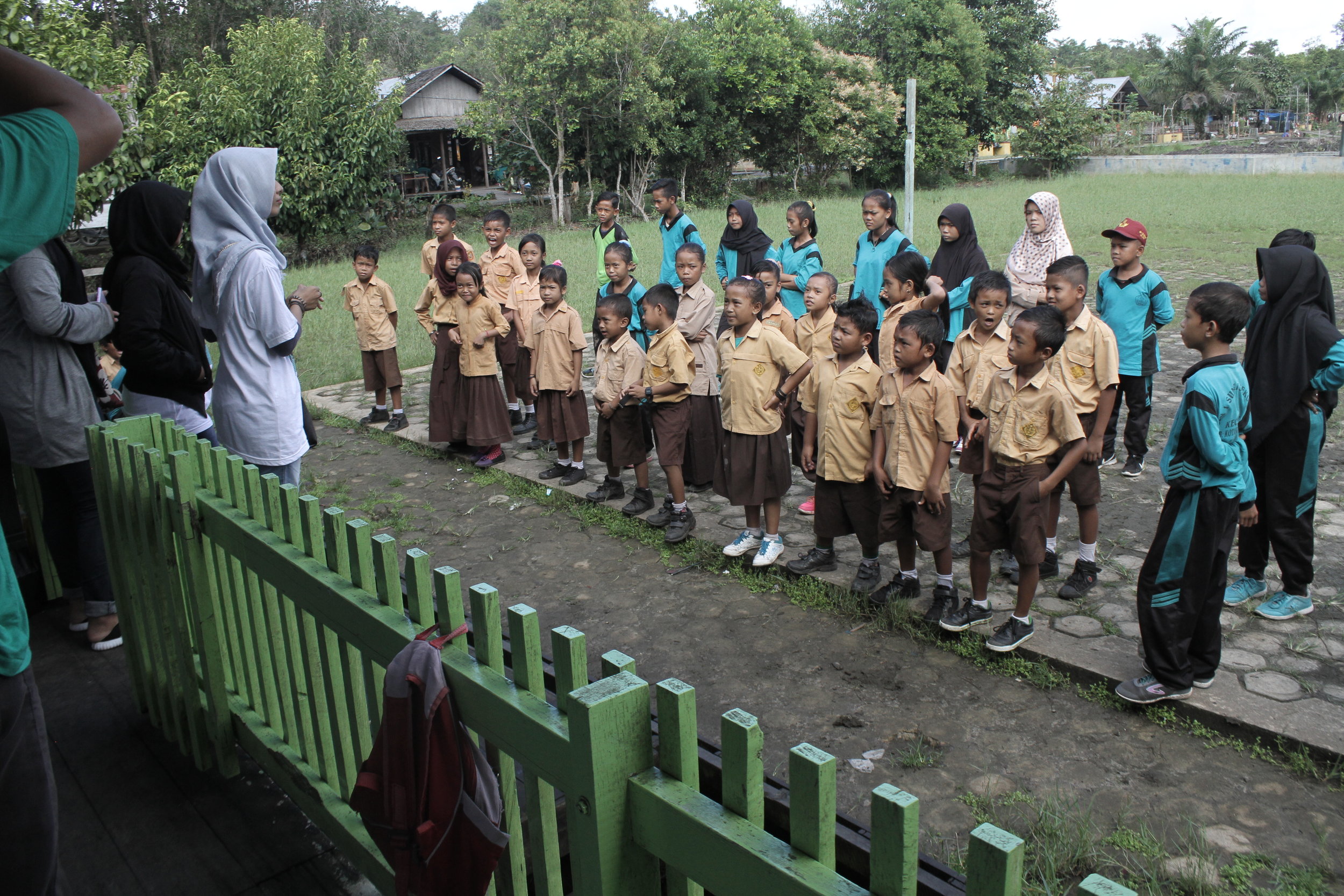

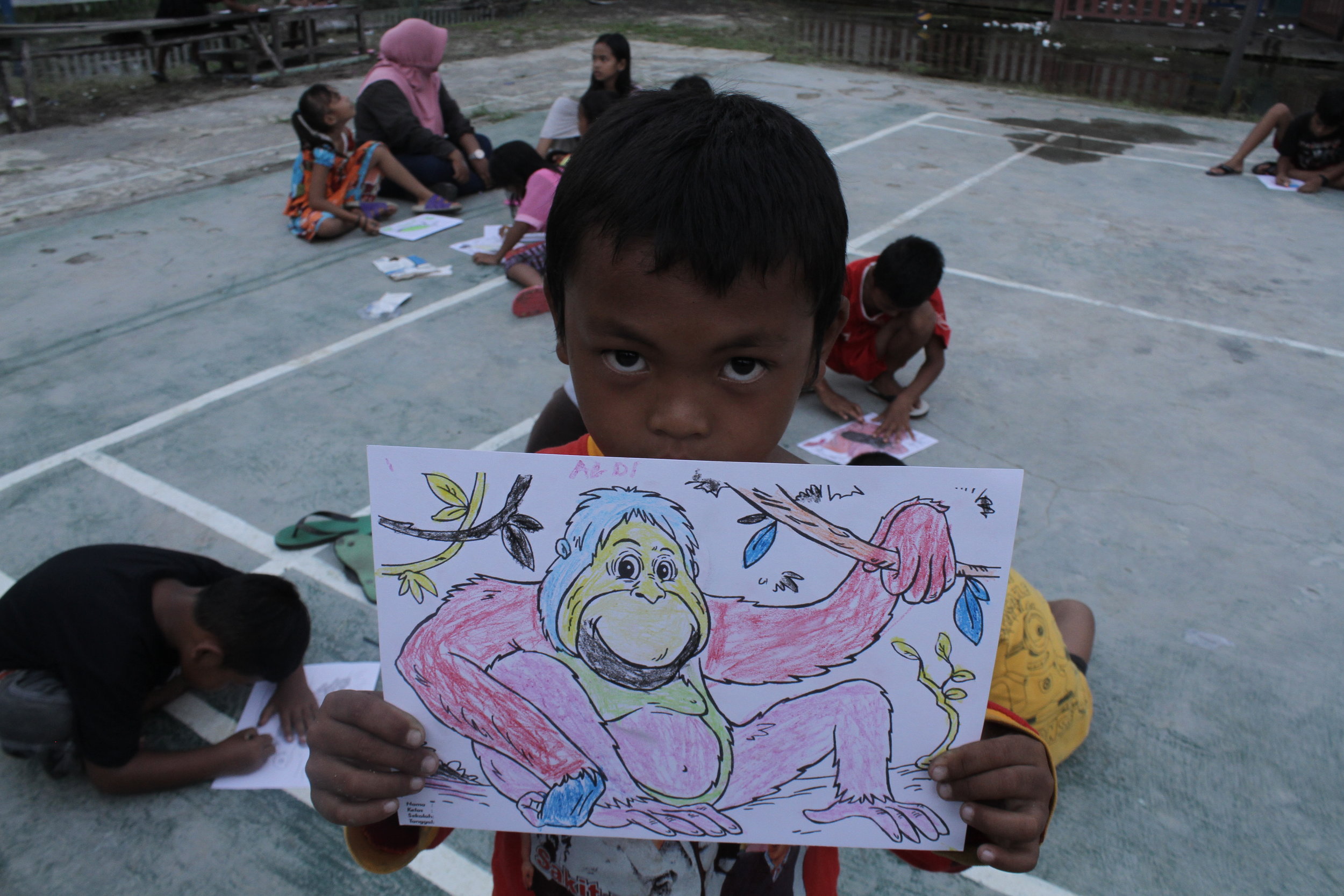

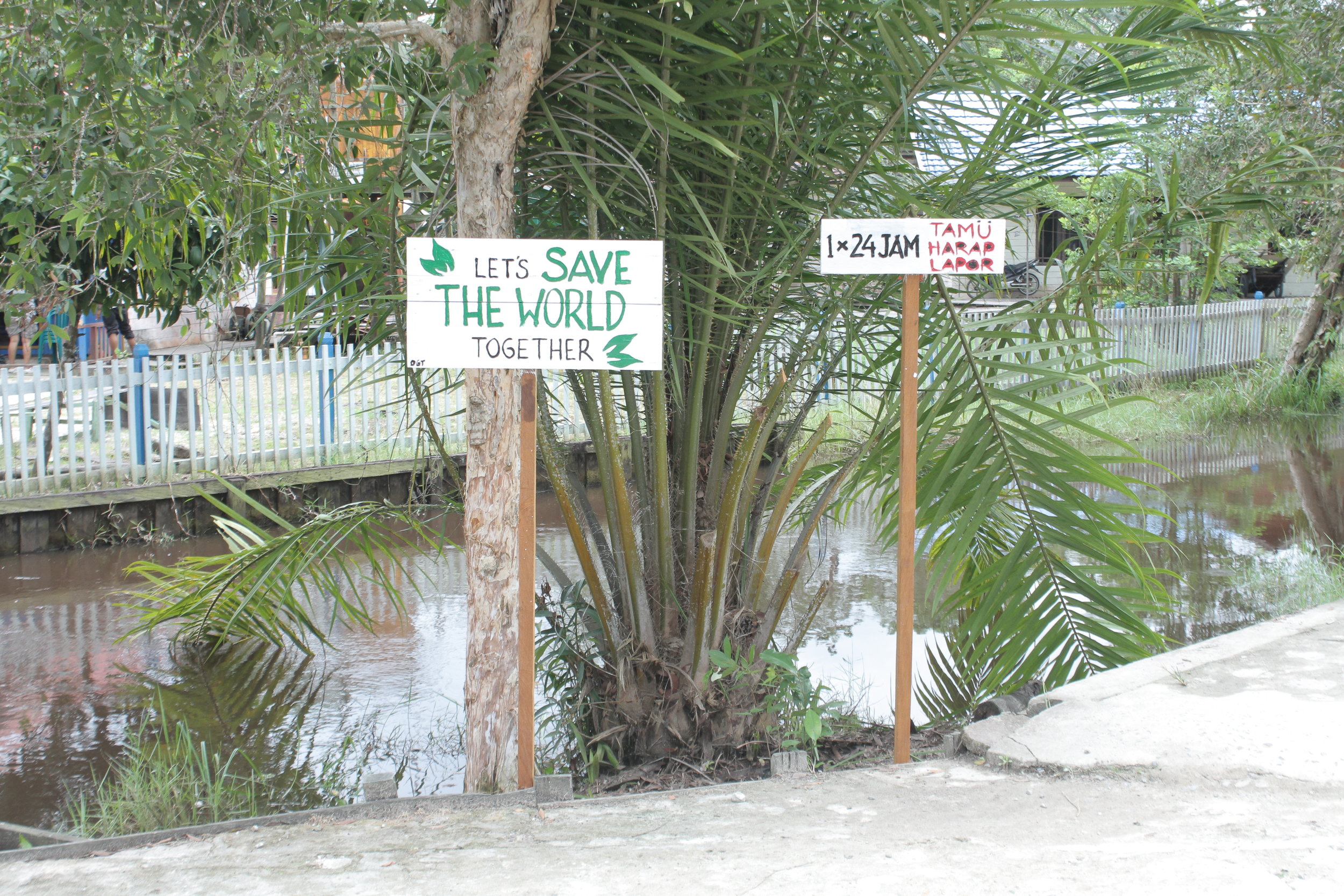

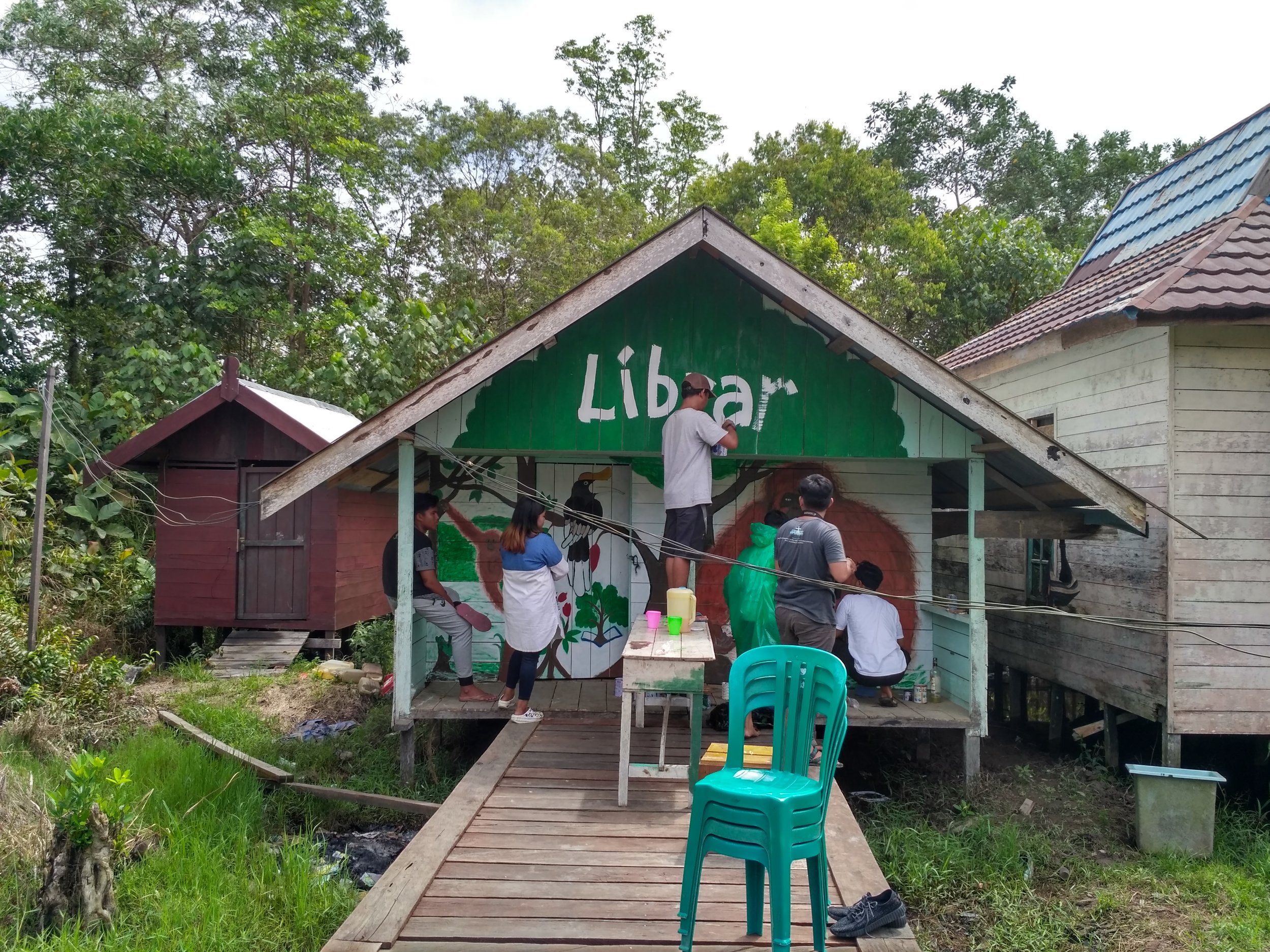
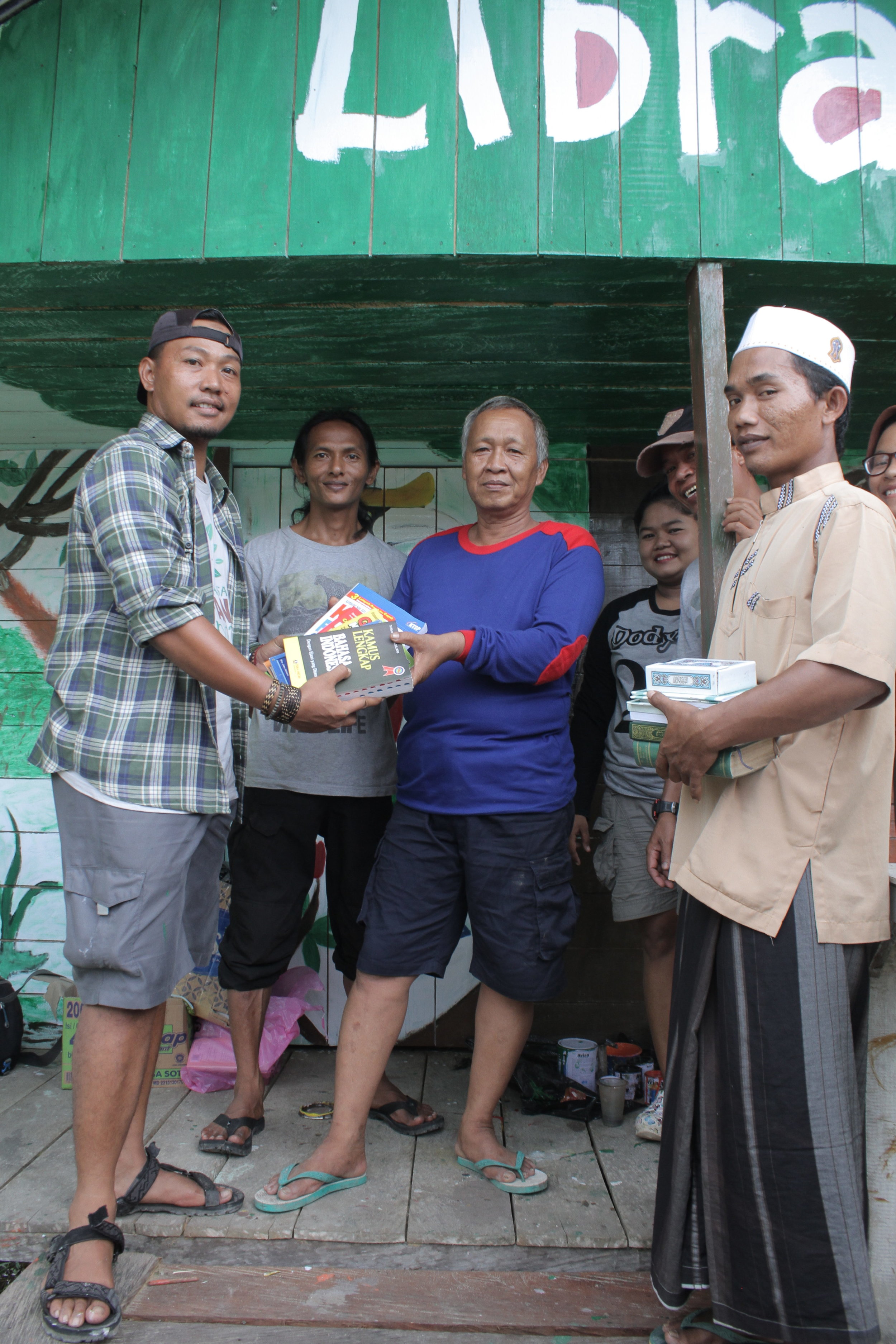
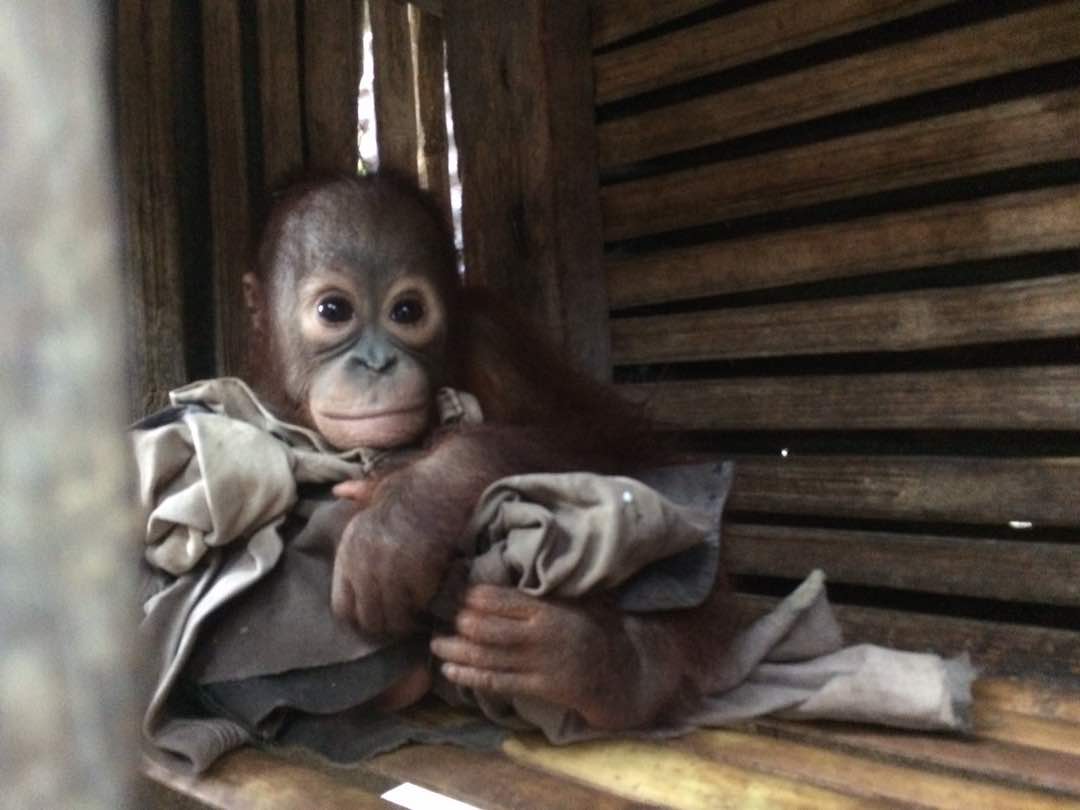 On 19th June 2017, BKSDA informed our field staff that they had just confiscated an orangutan from people who had been keeping it as a pet in a nearby village. This orangutan was entrusted into the care of the Orangutan Foundation.
On 19th June 2017, BKSDA informed our field staff that they had just confiscated an orangutan from people who had been keeping it as a pet in a nearby village. This orangutan was entrusted into the care of the Orangutan Foundation.
